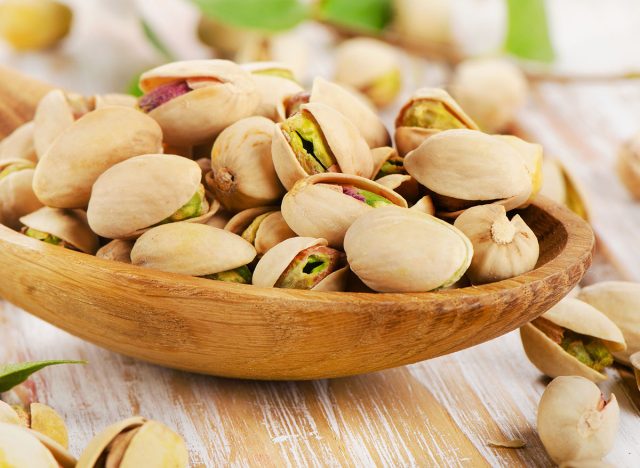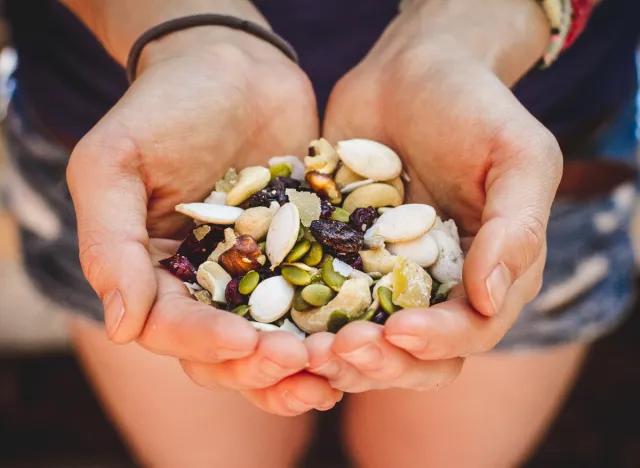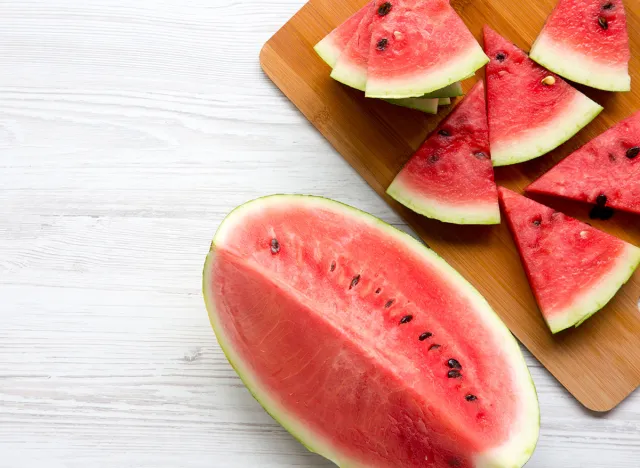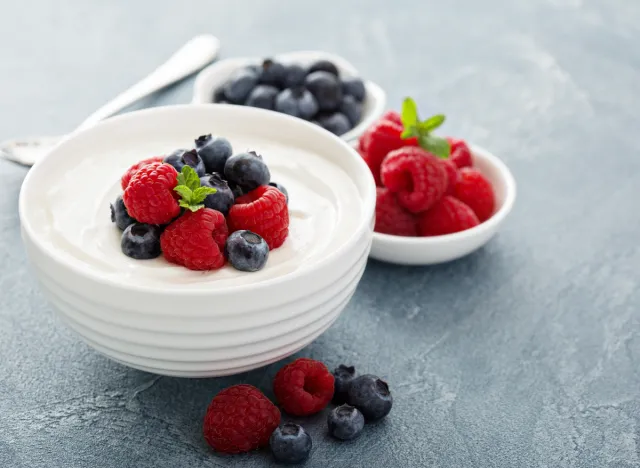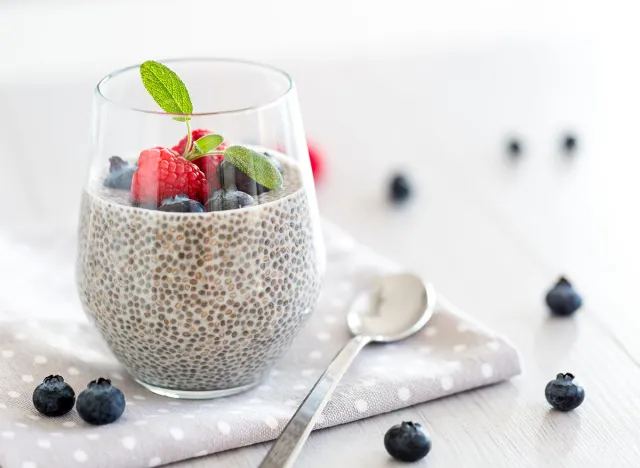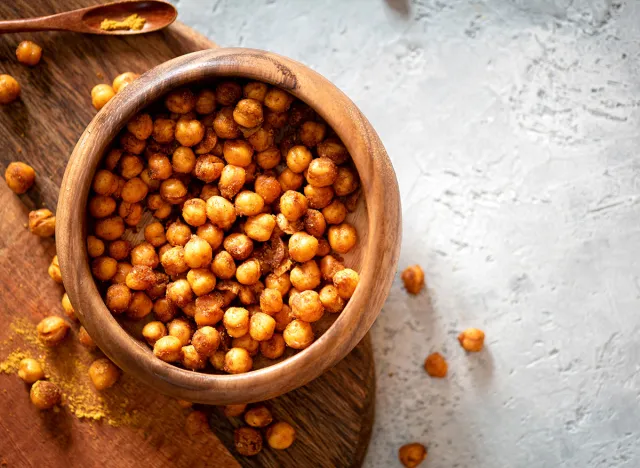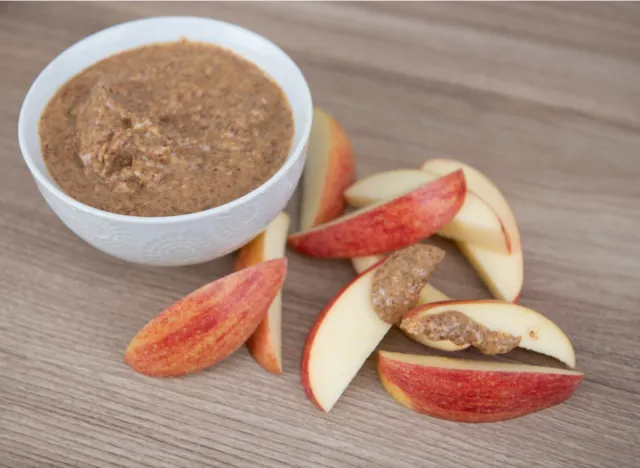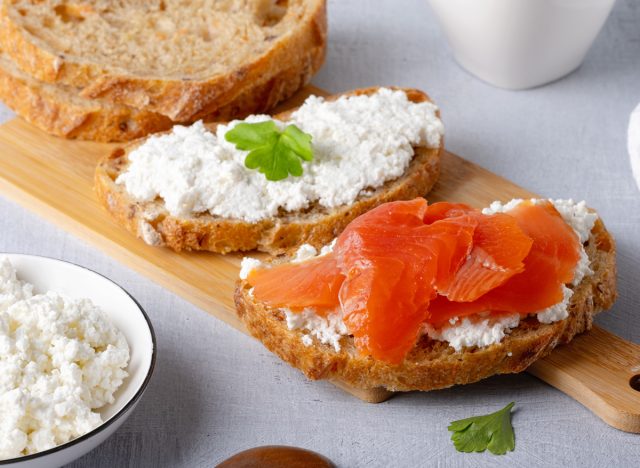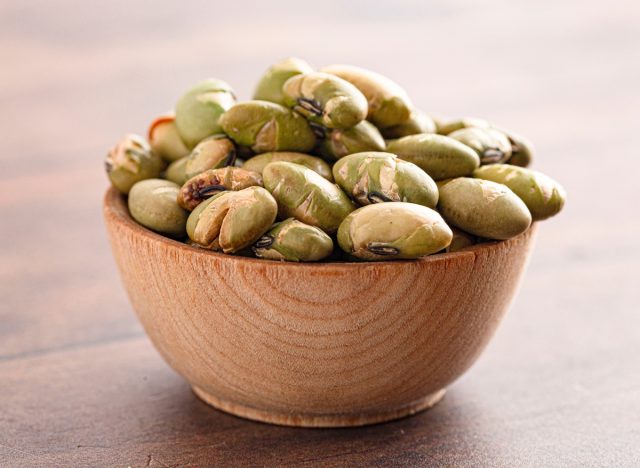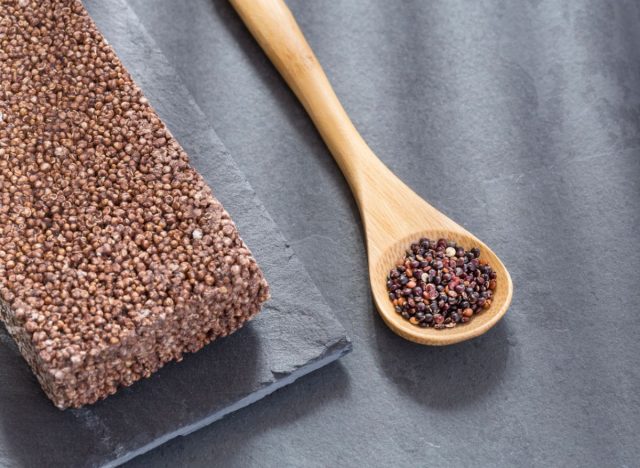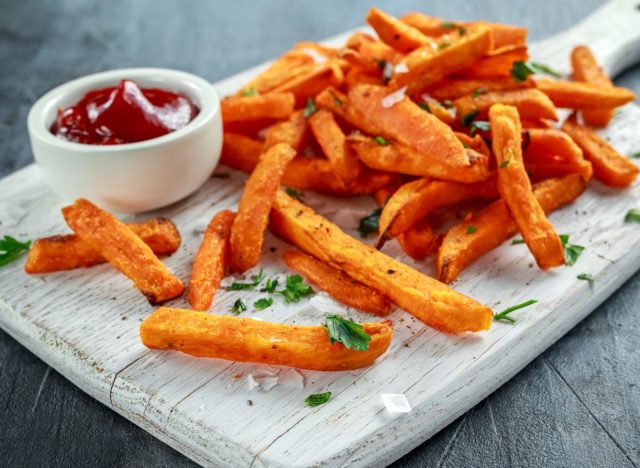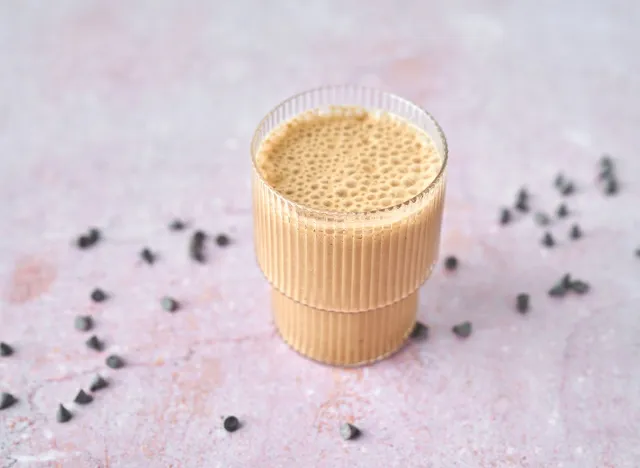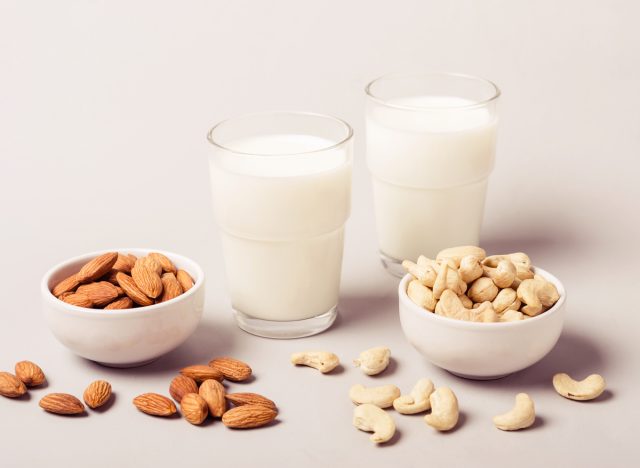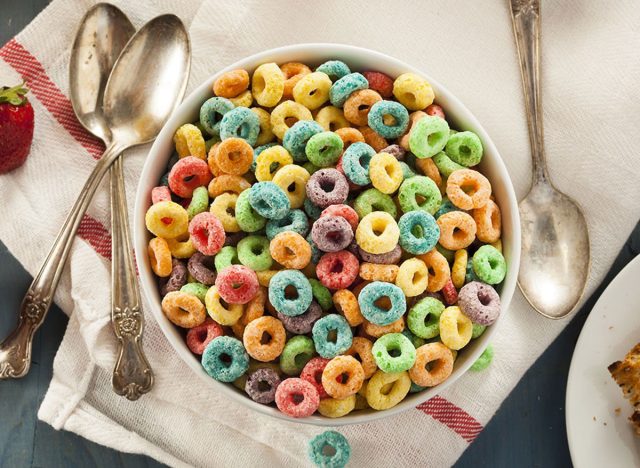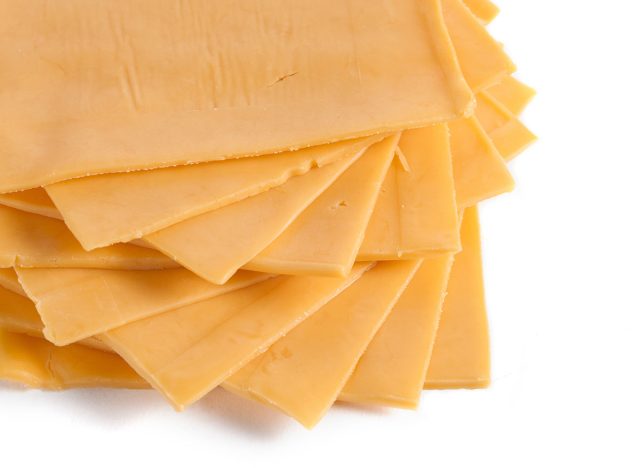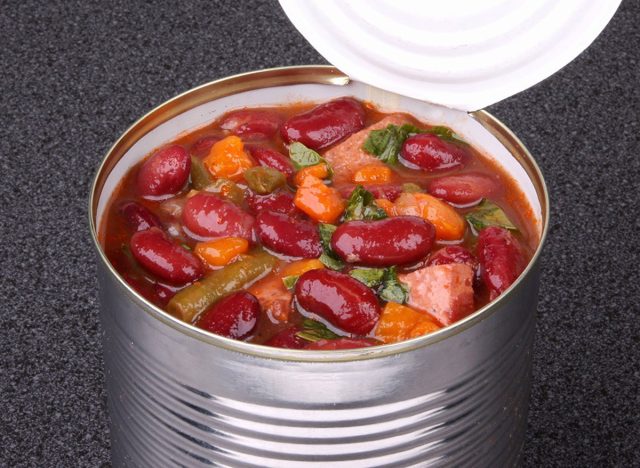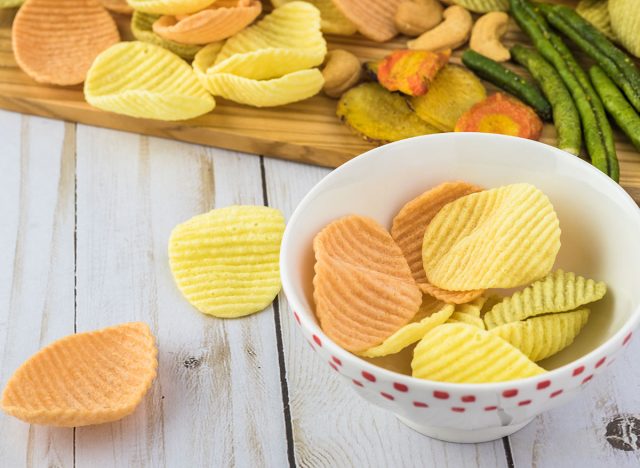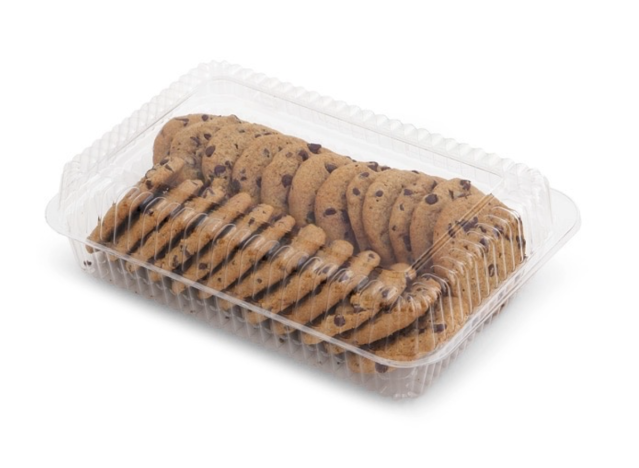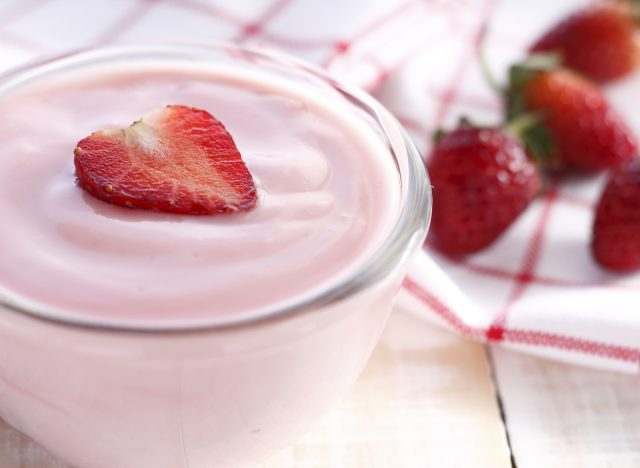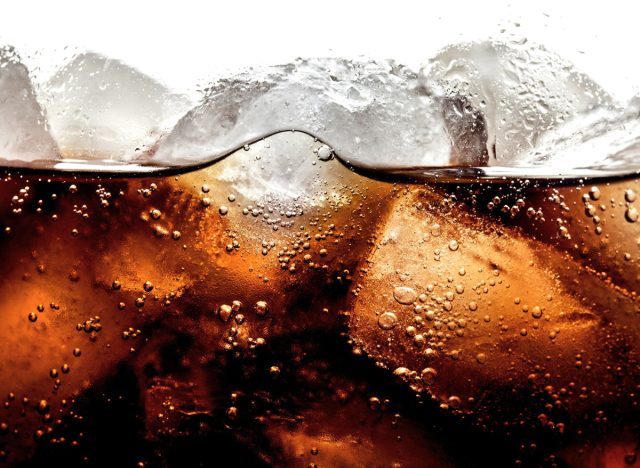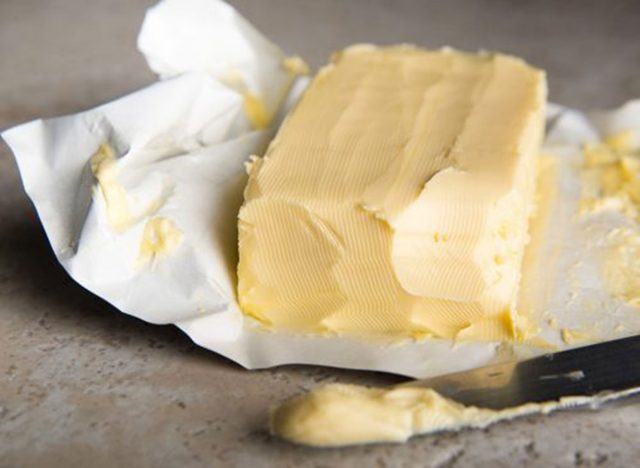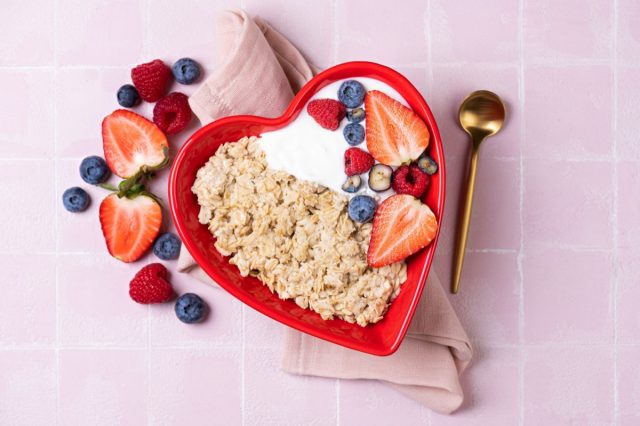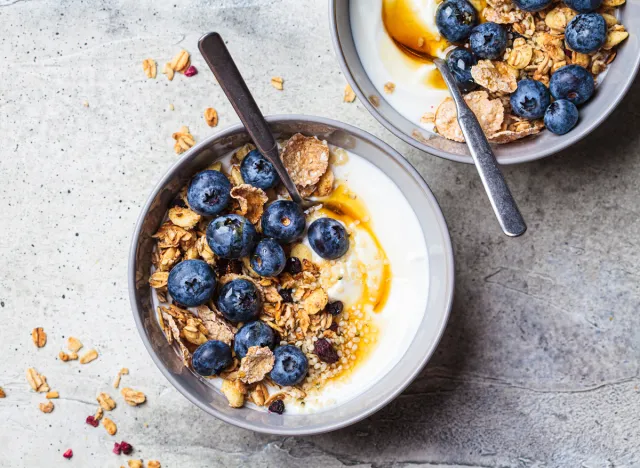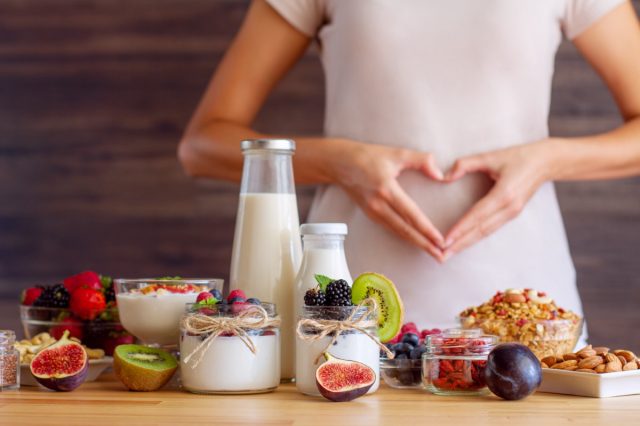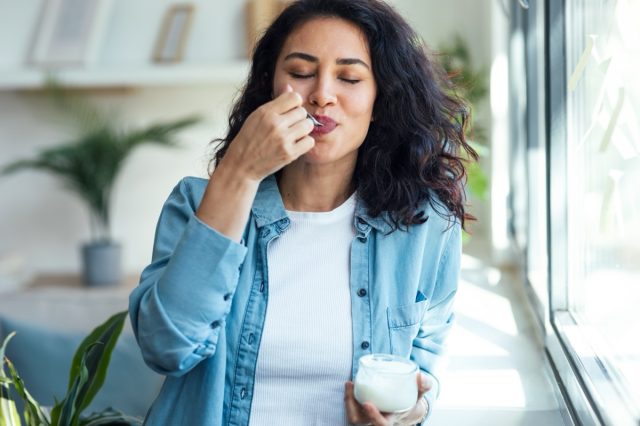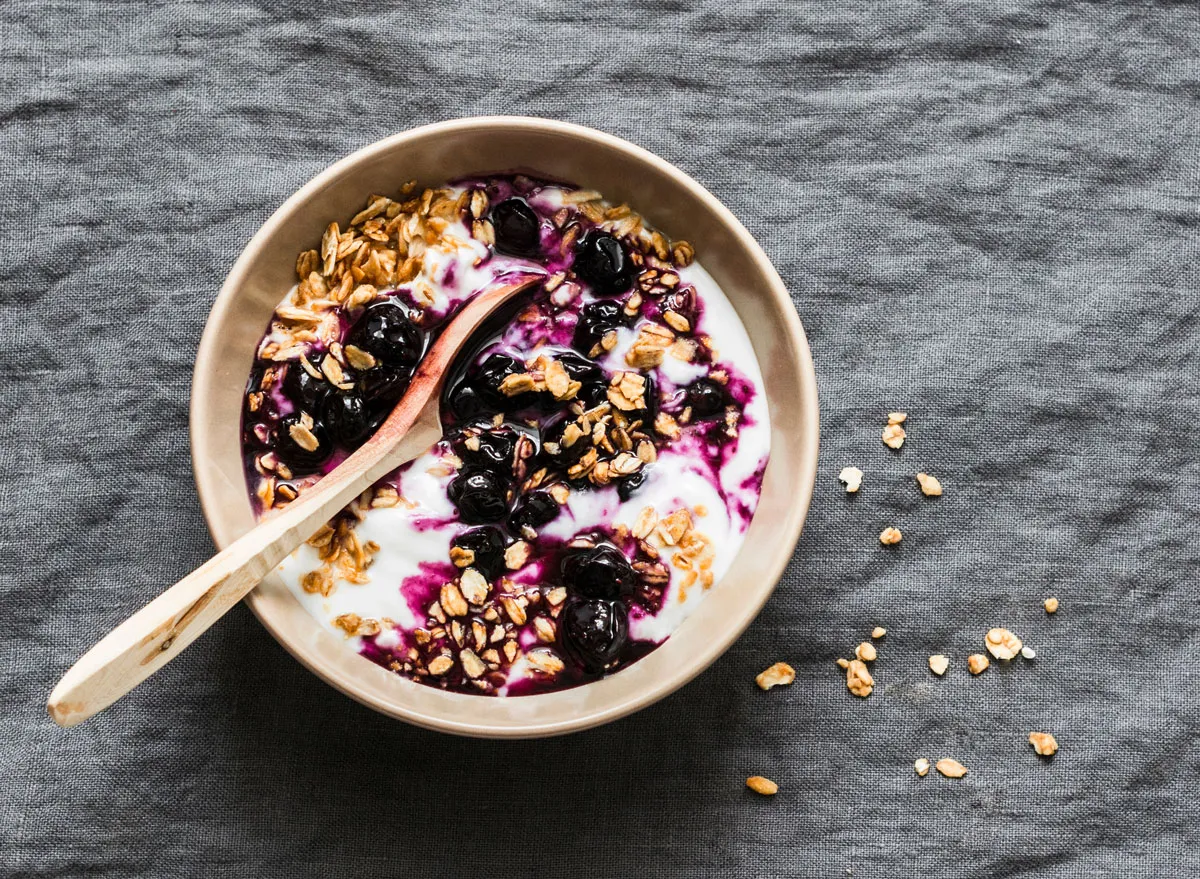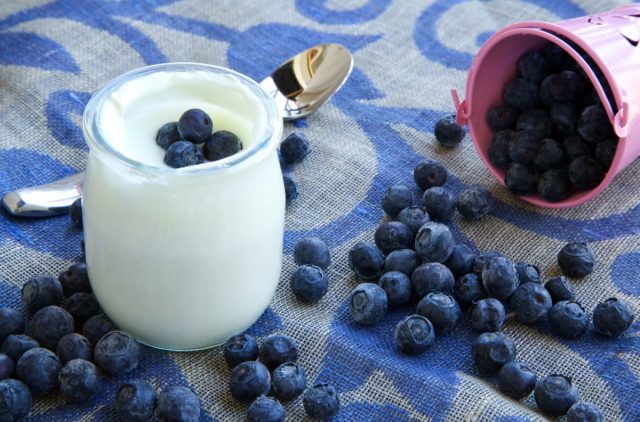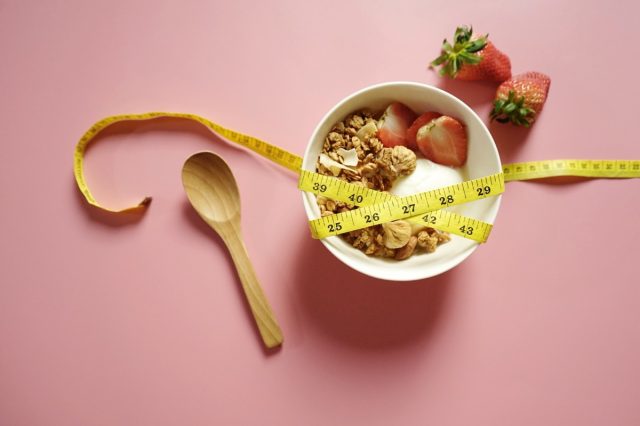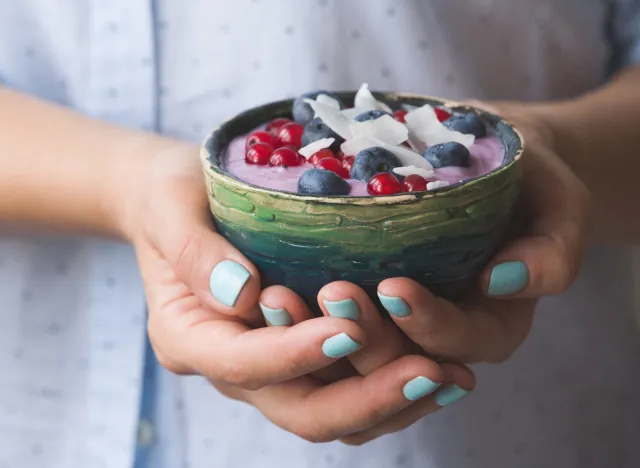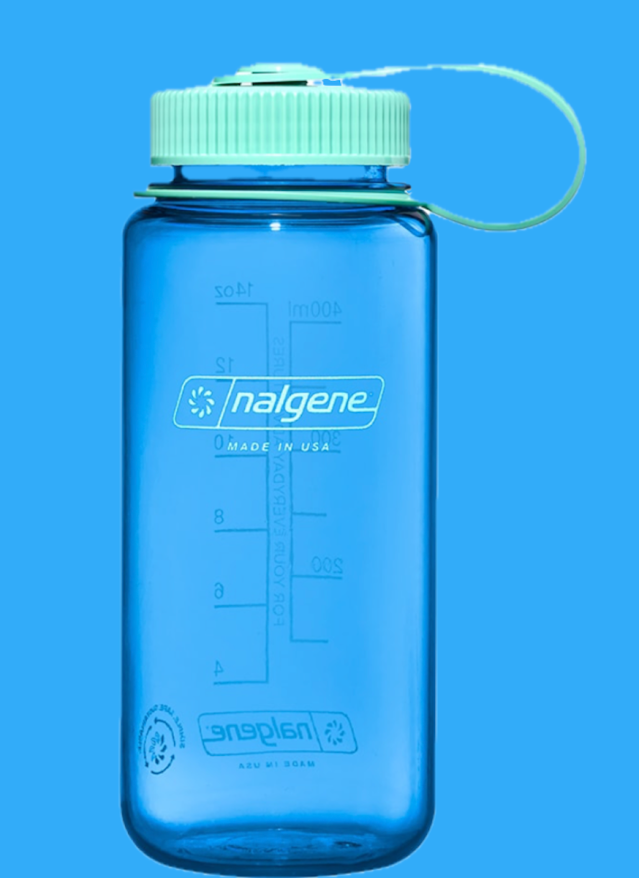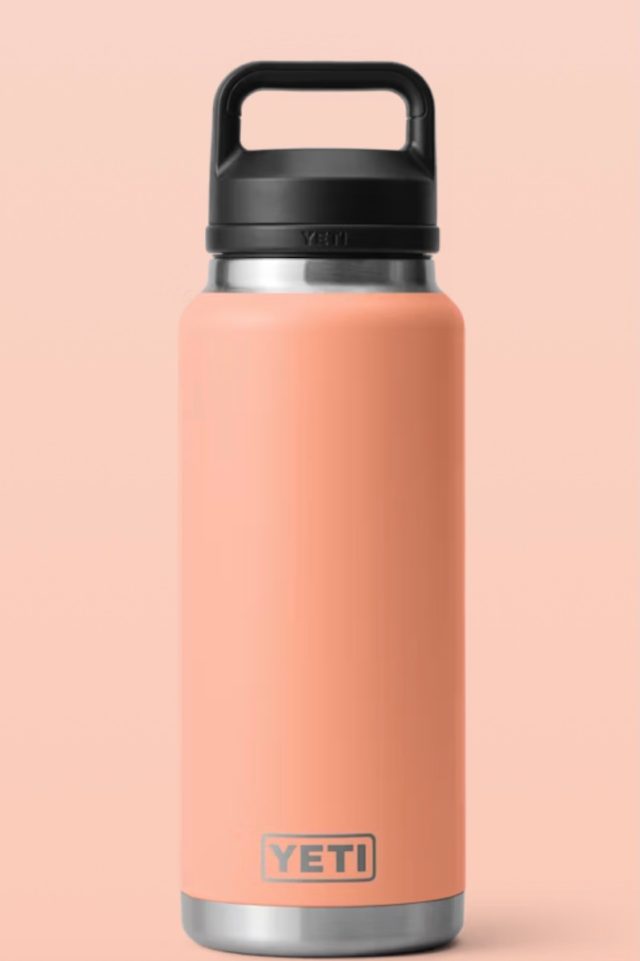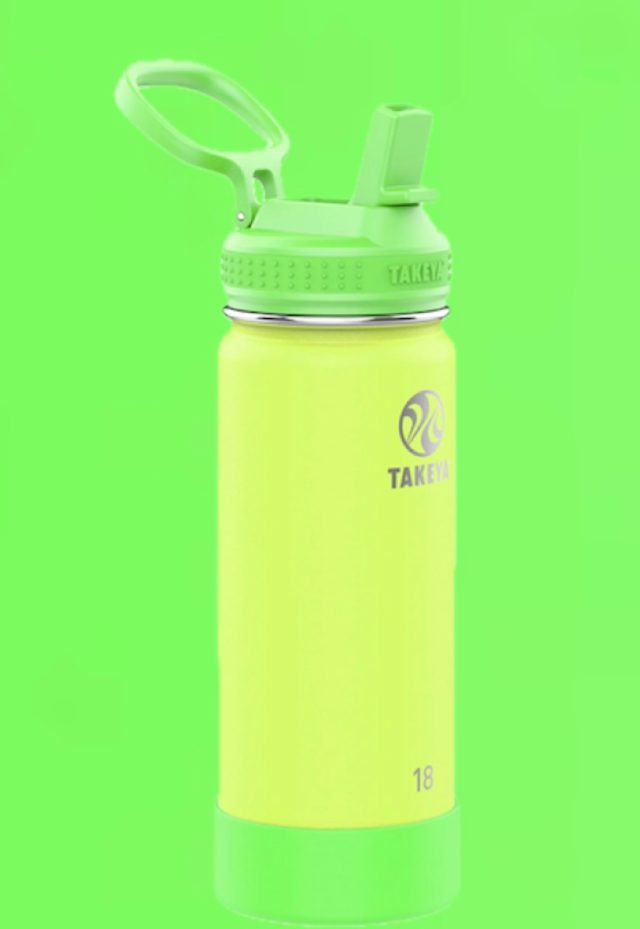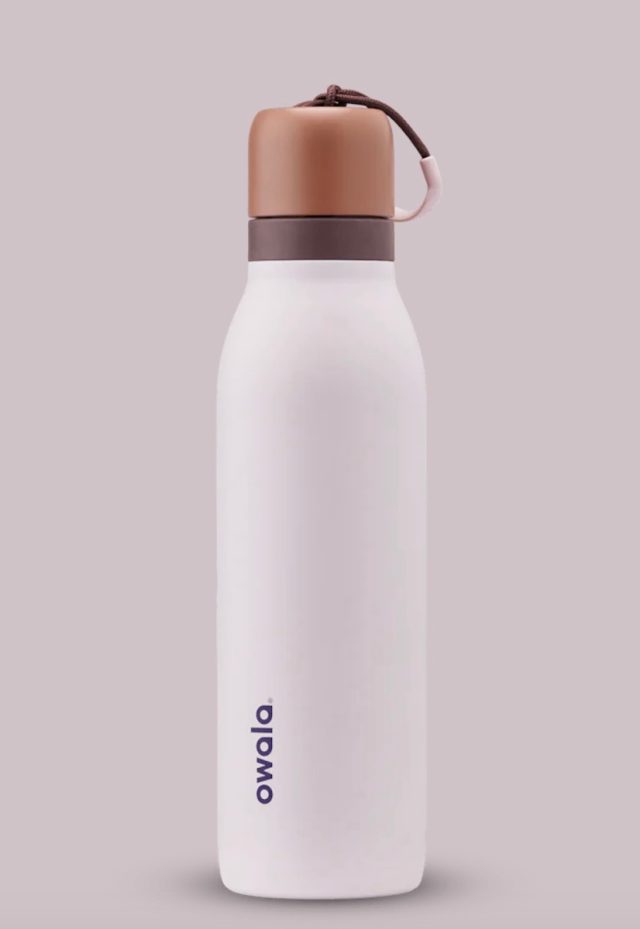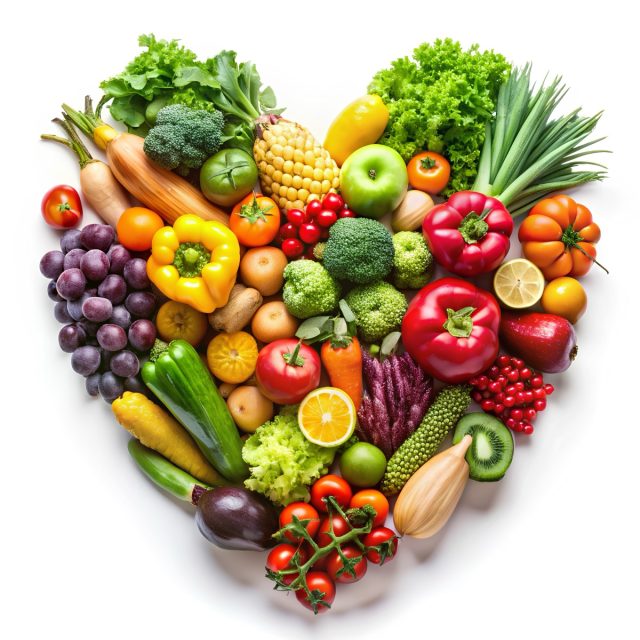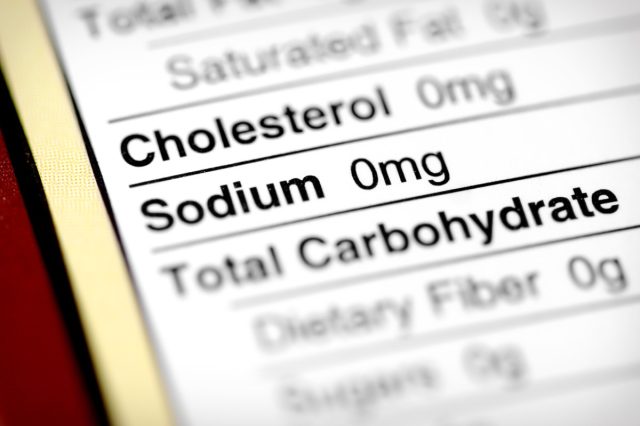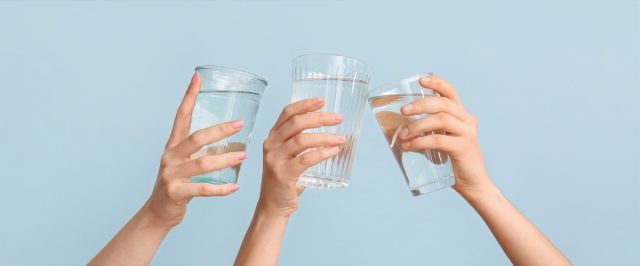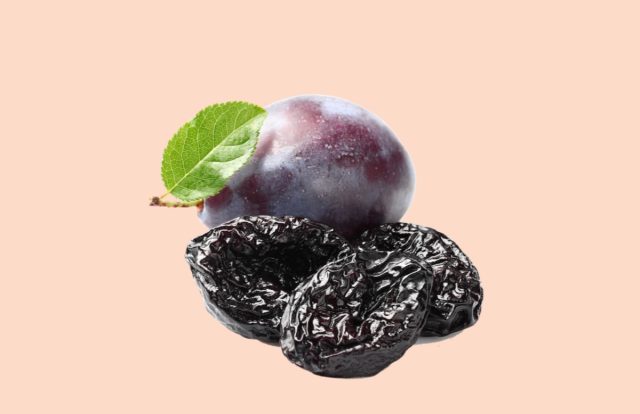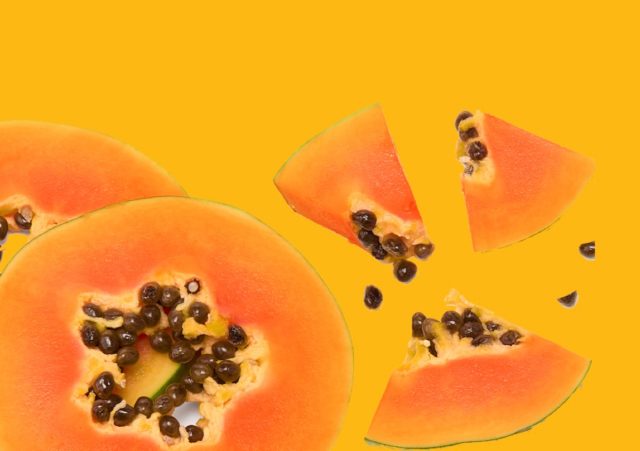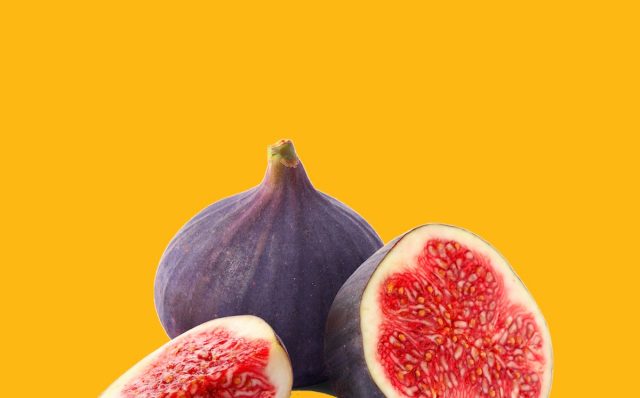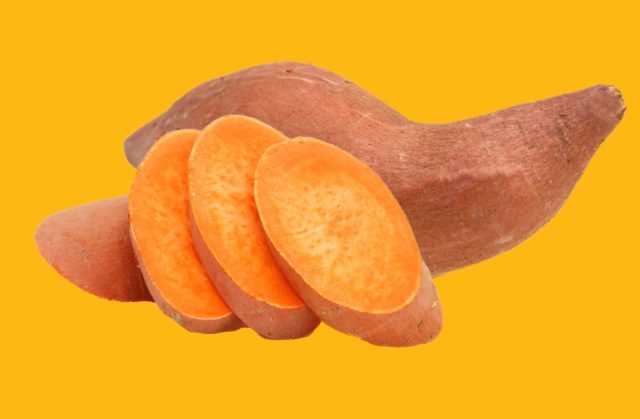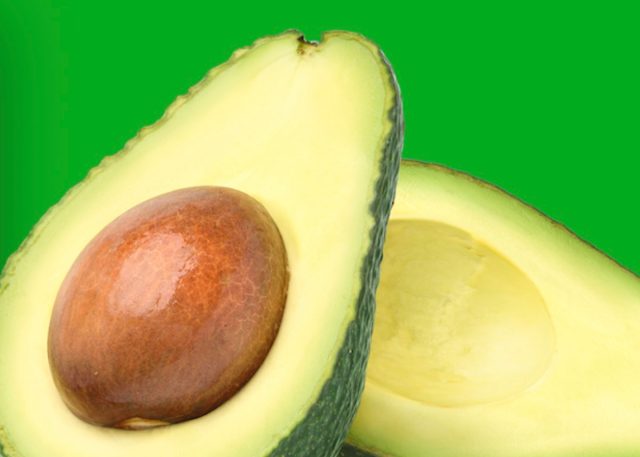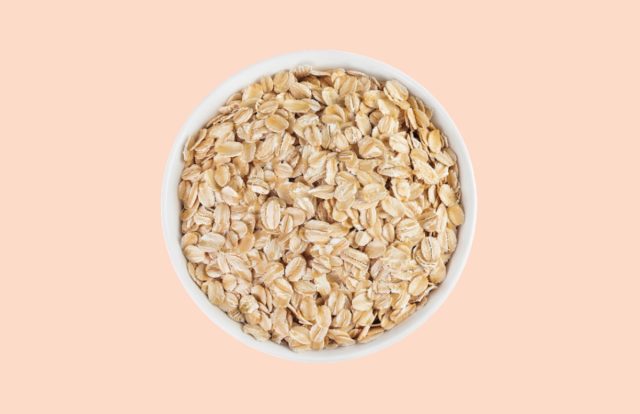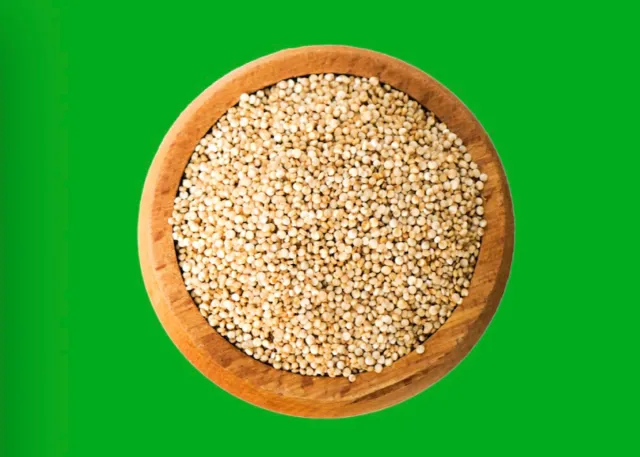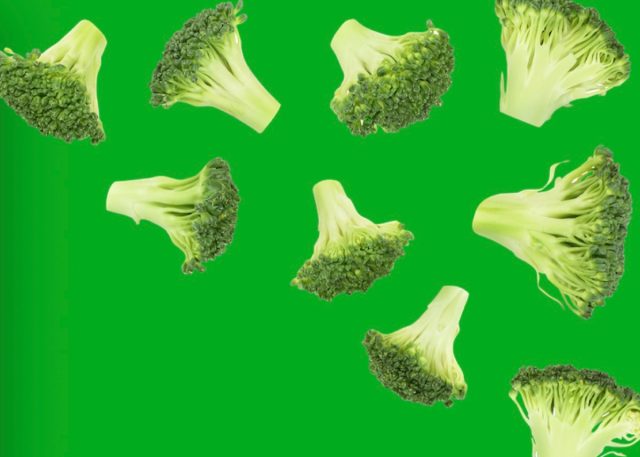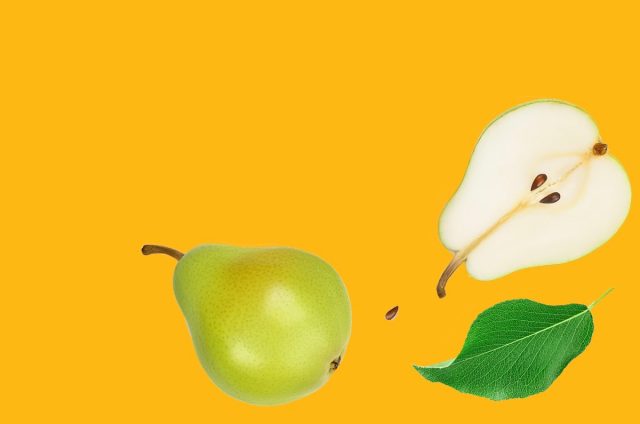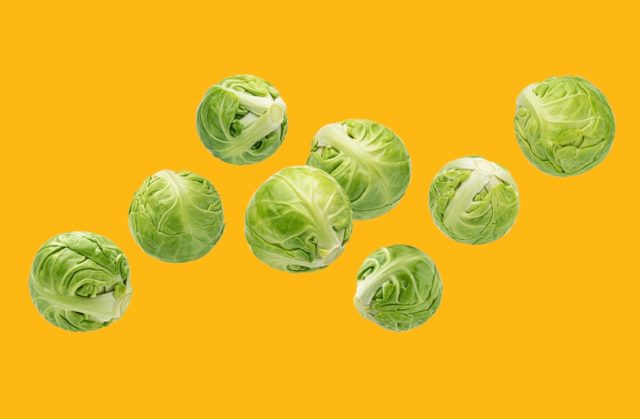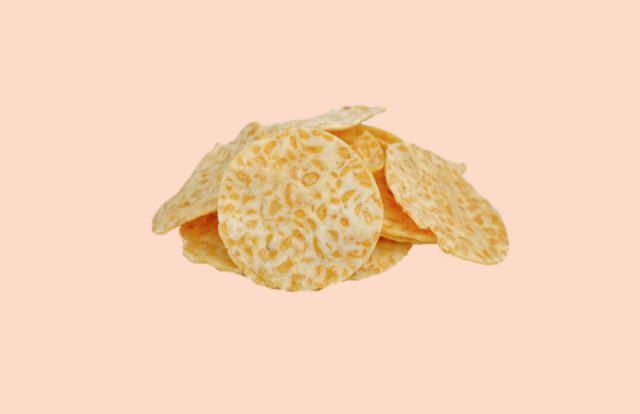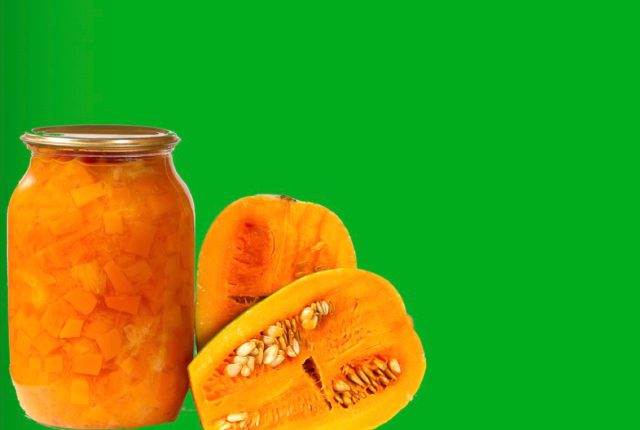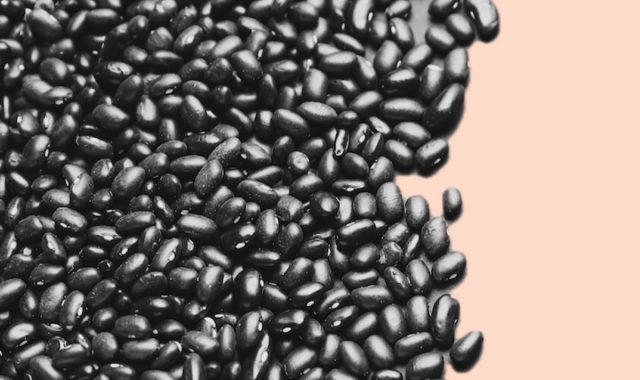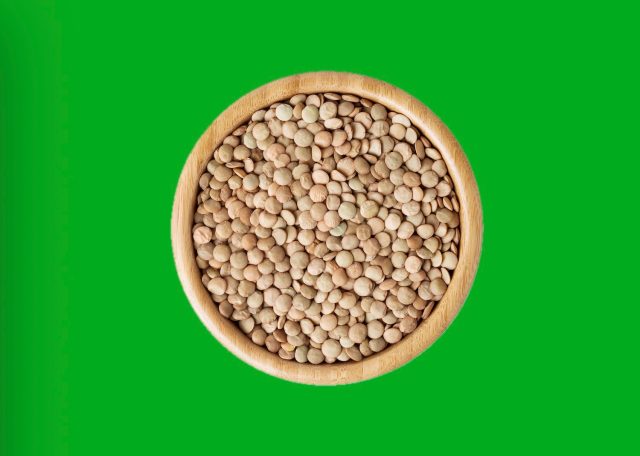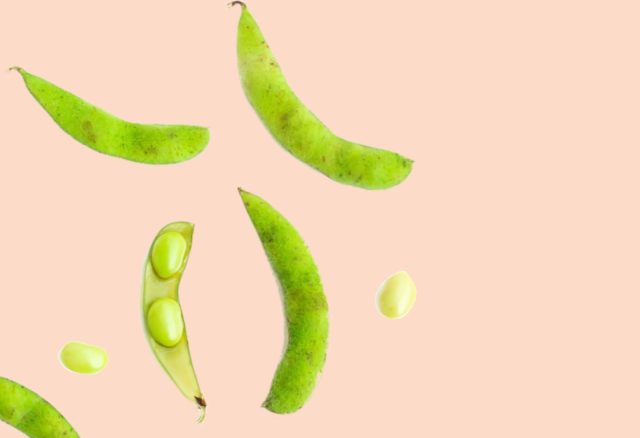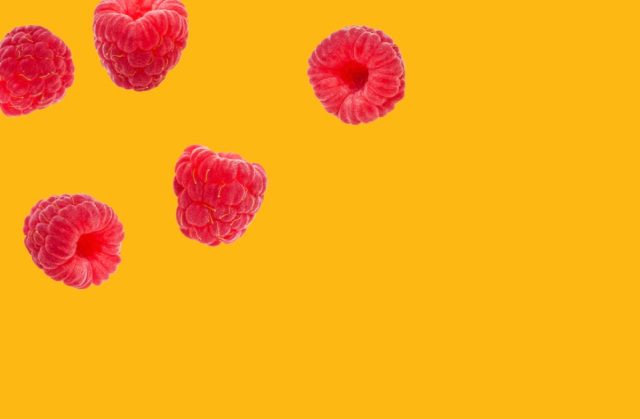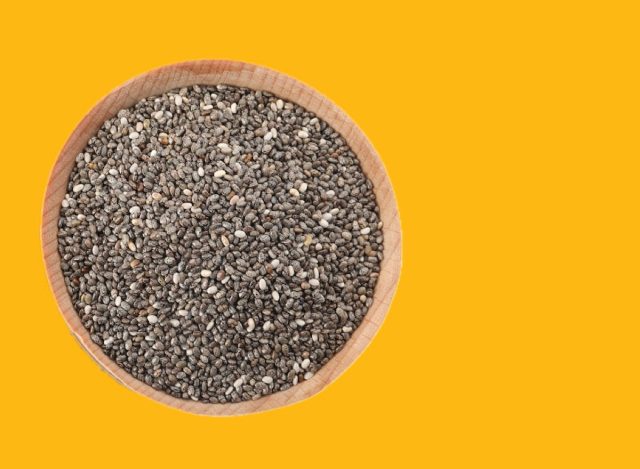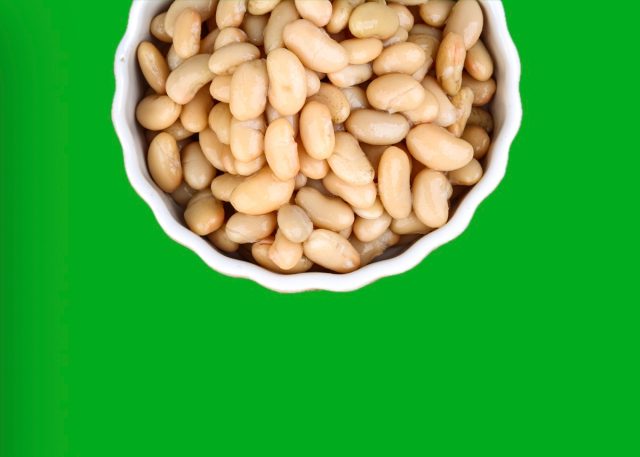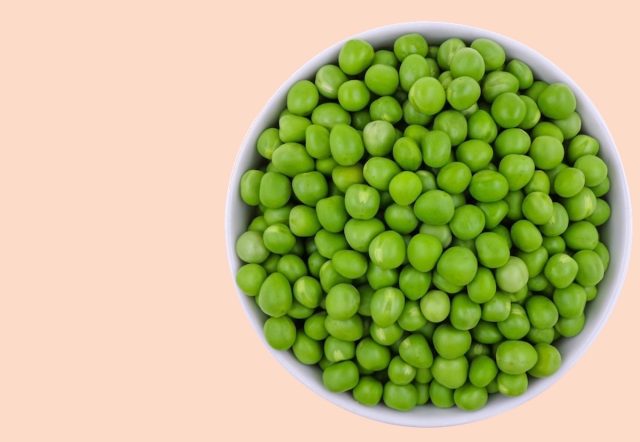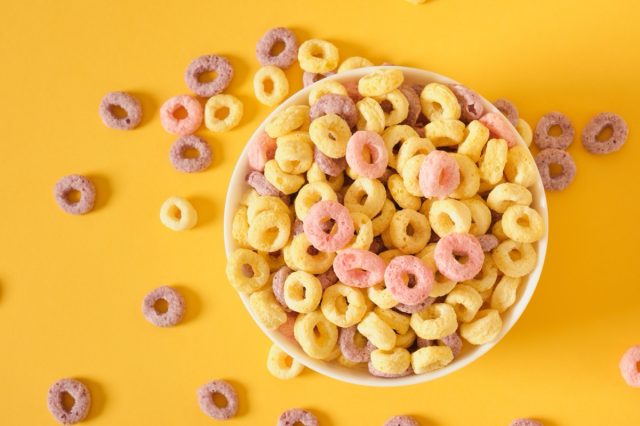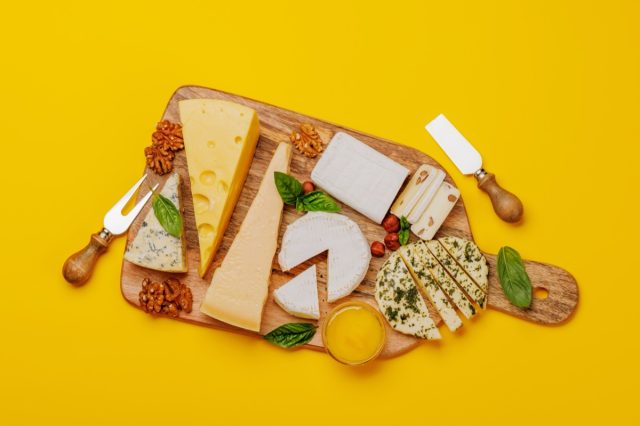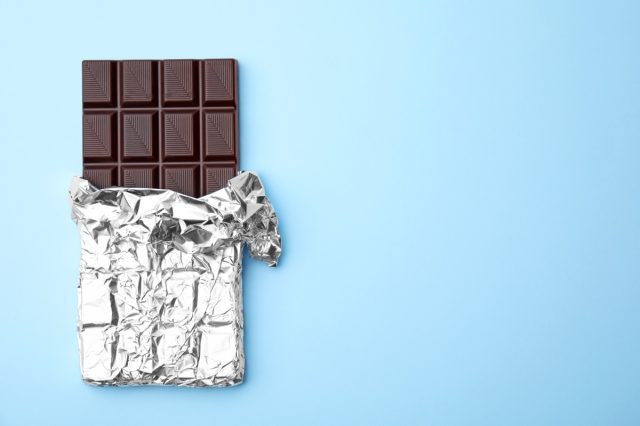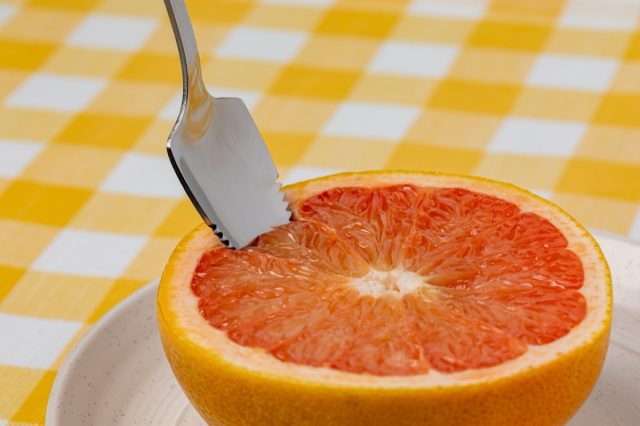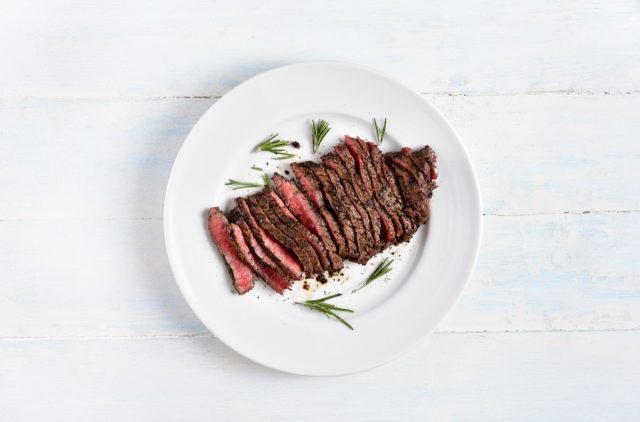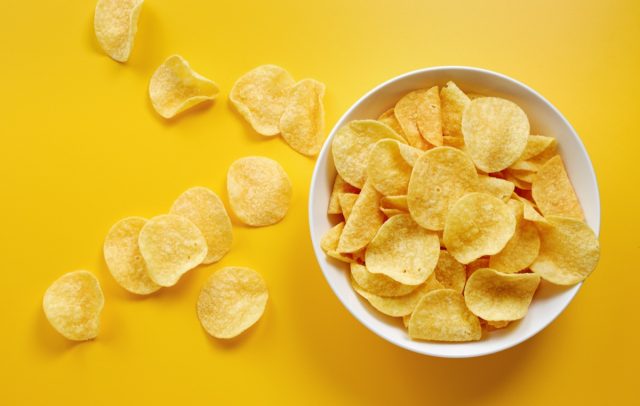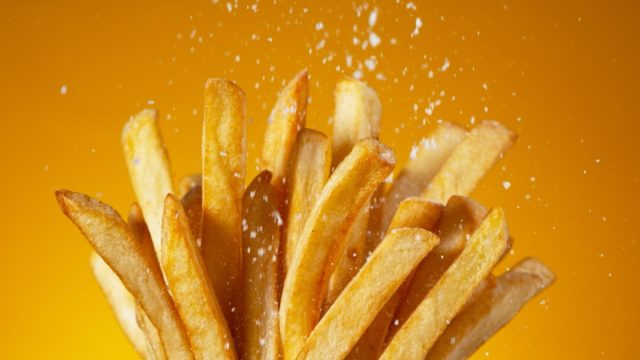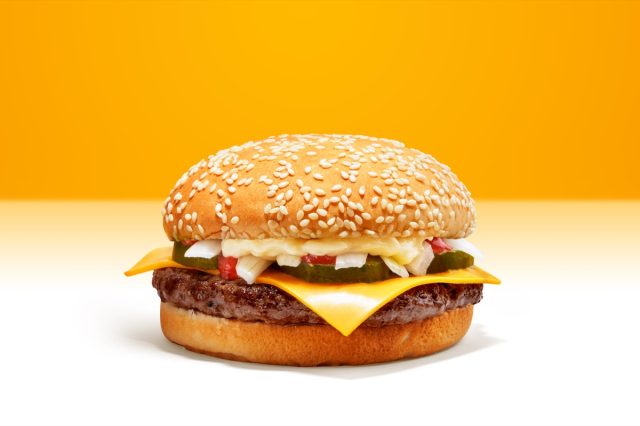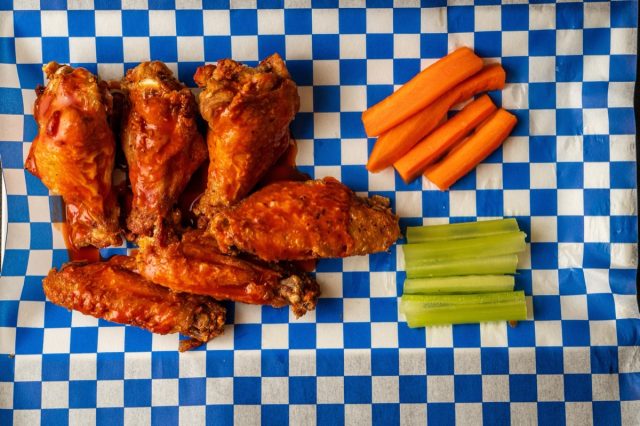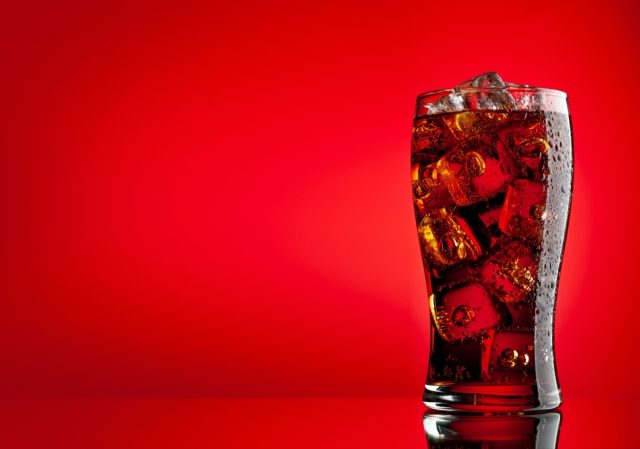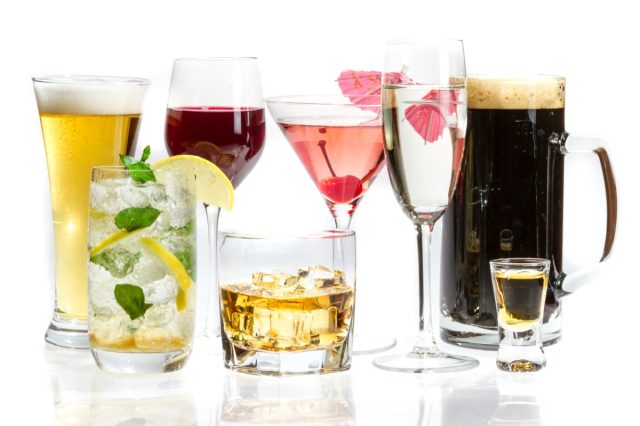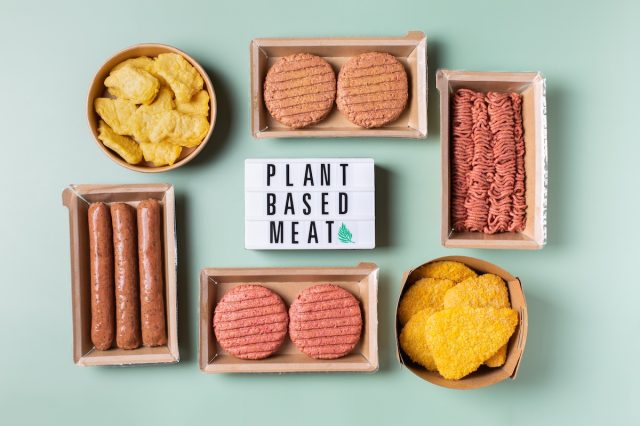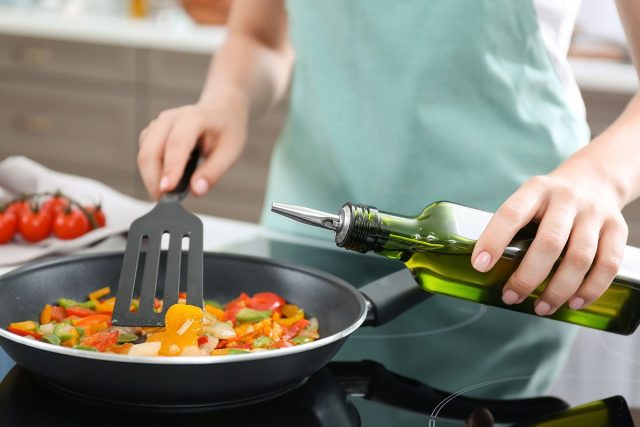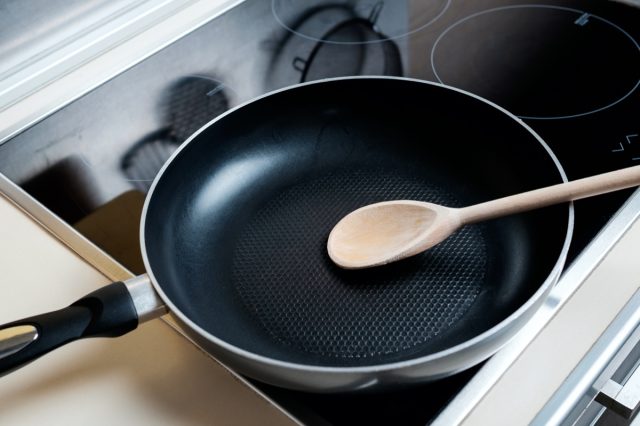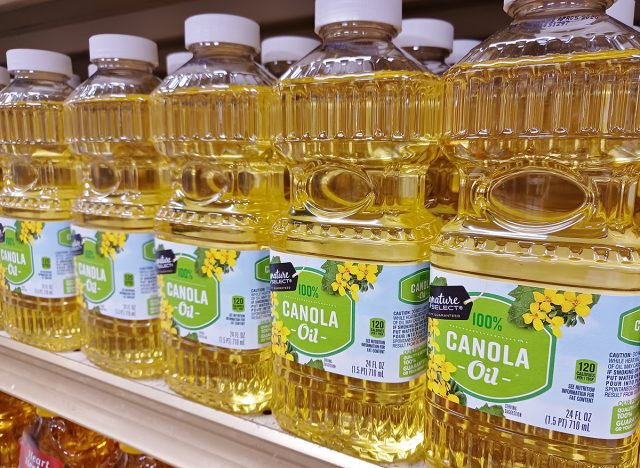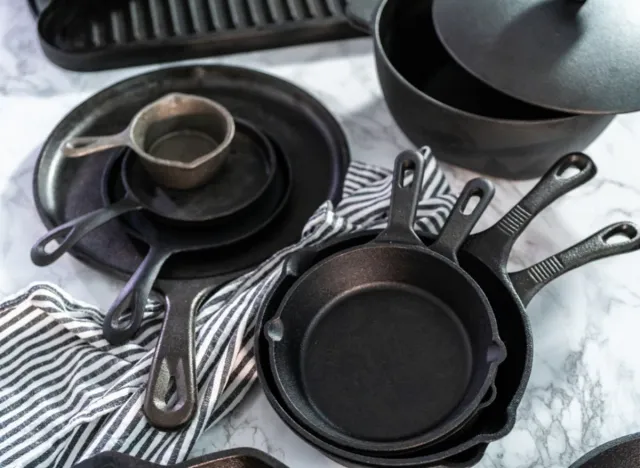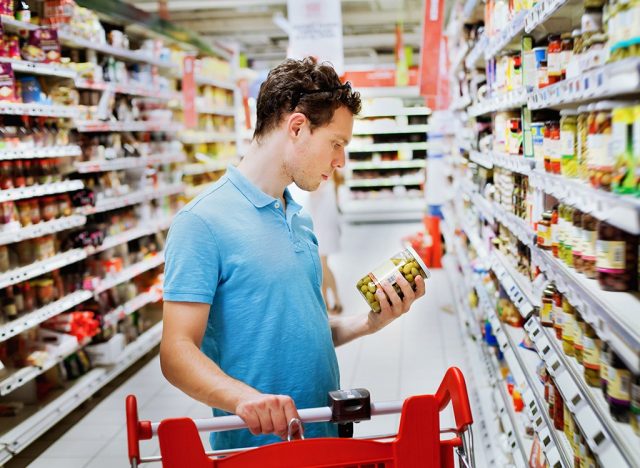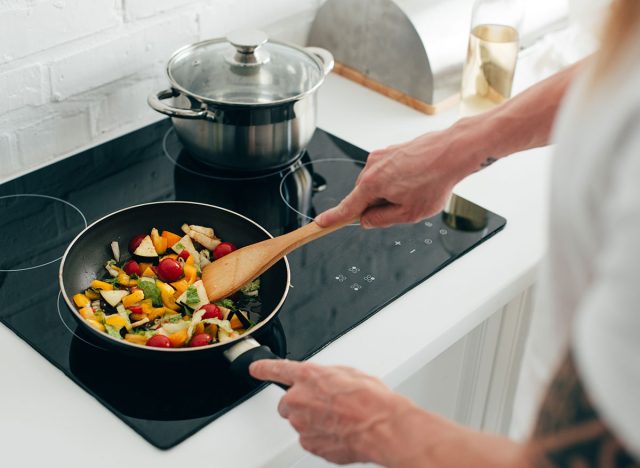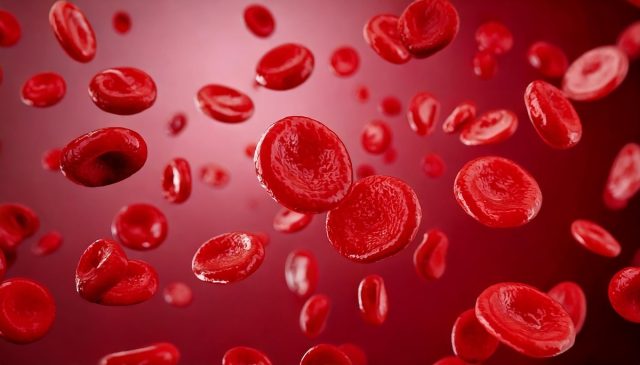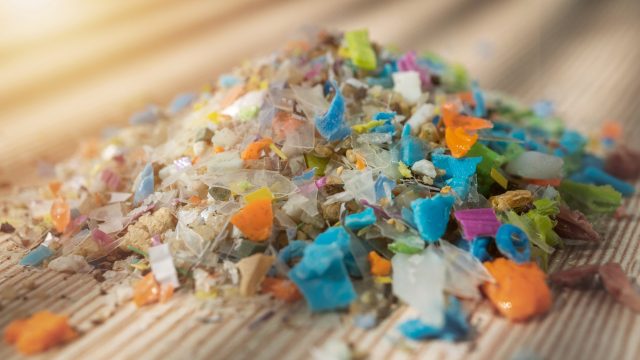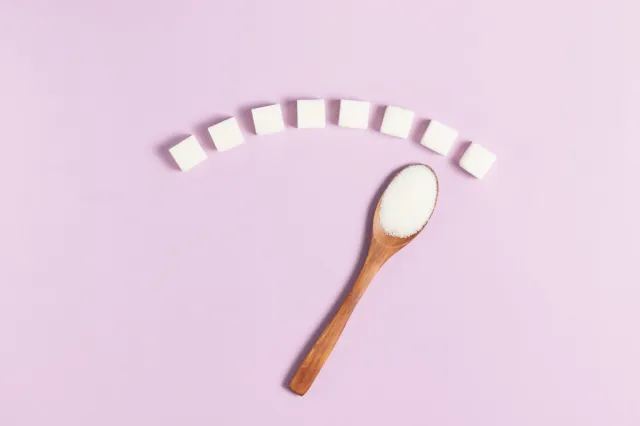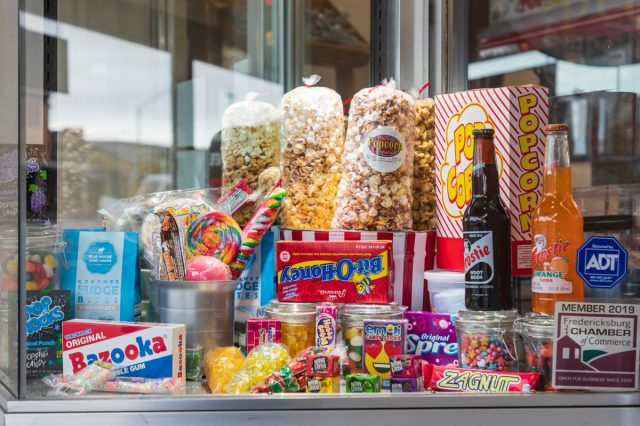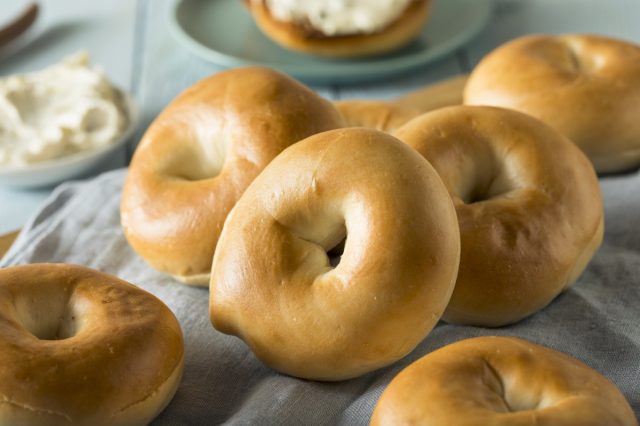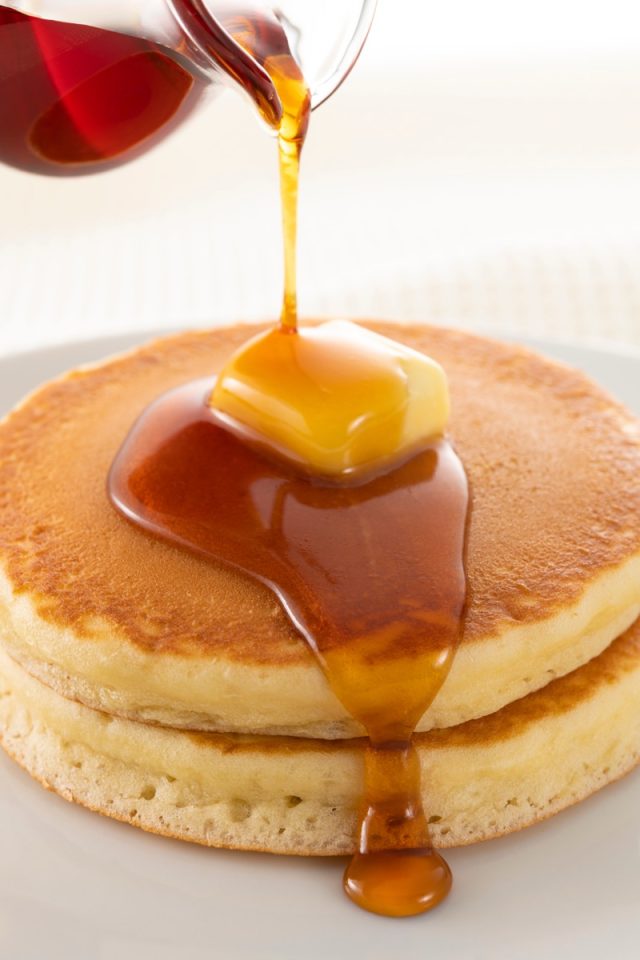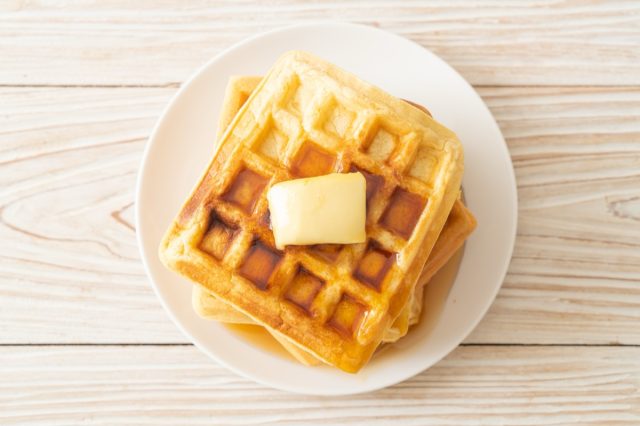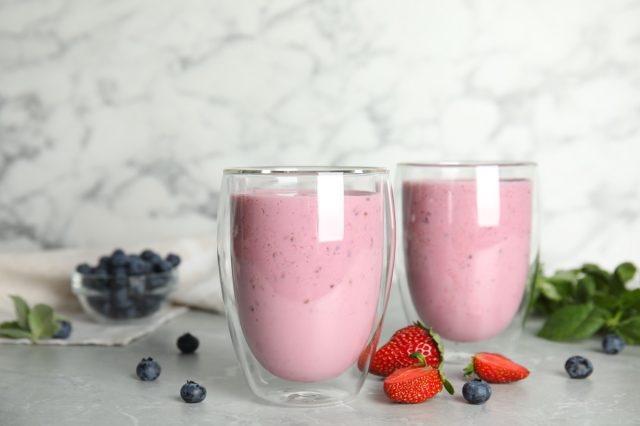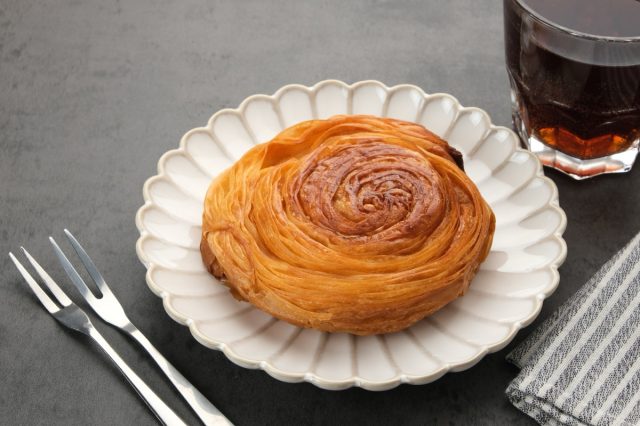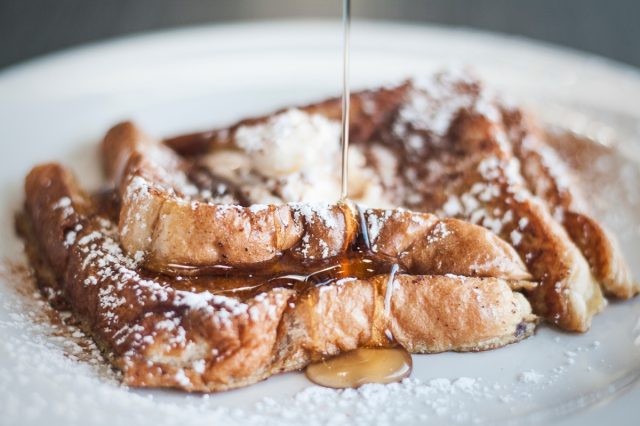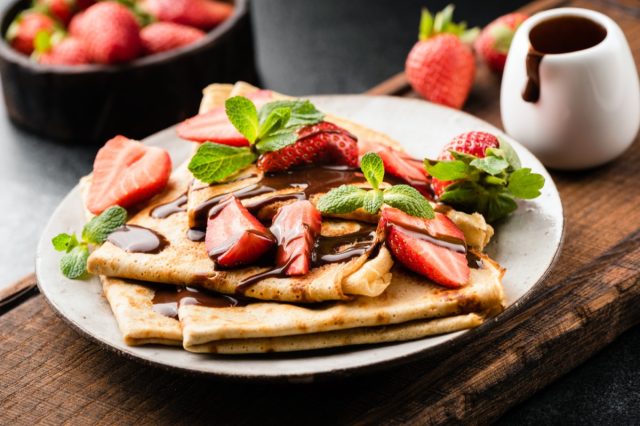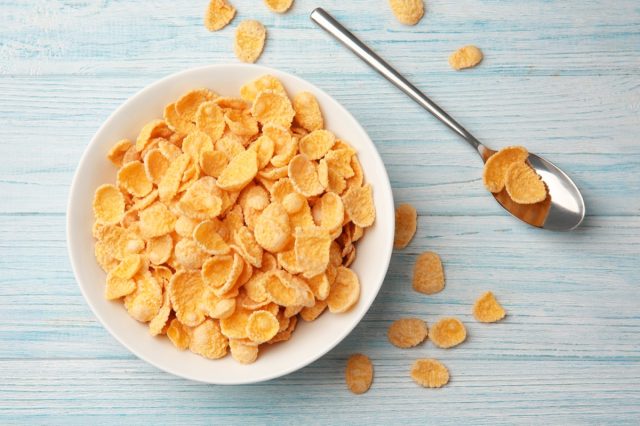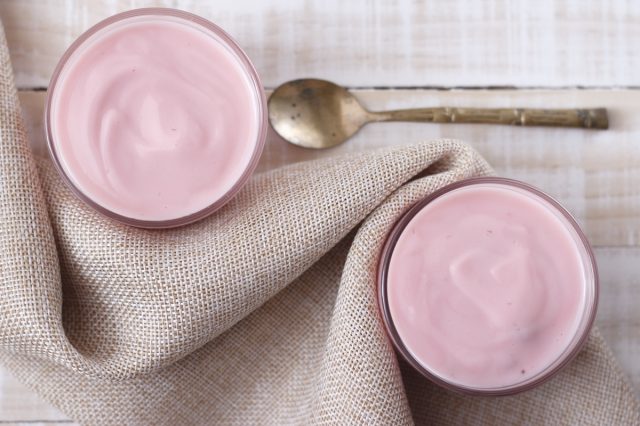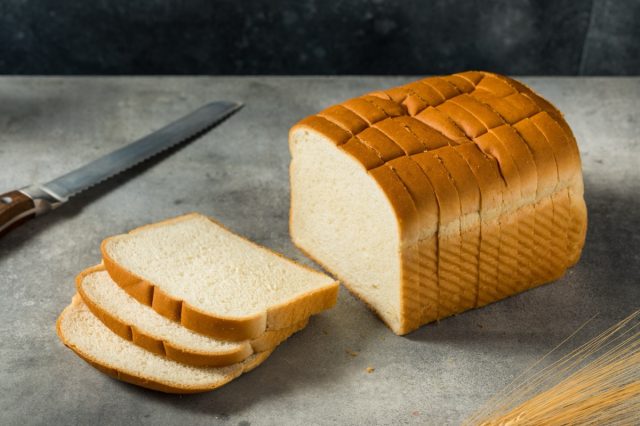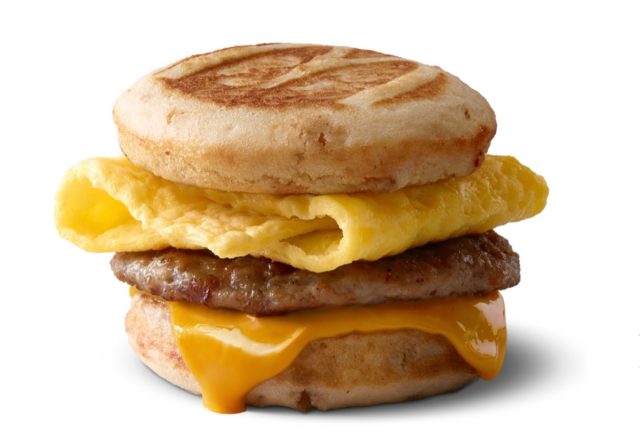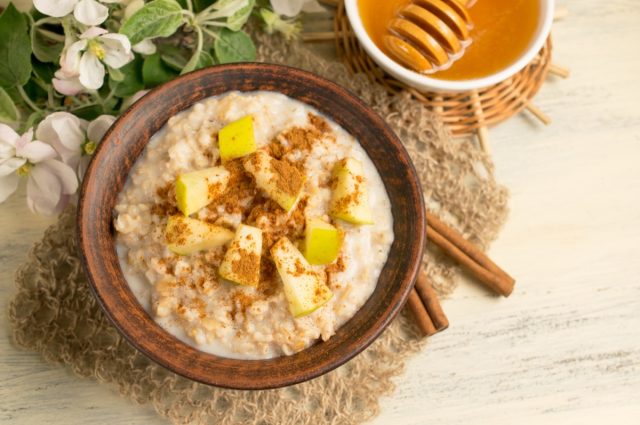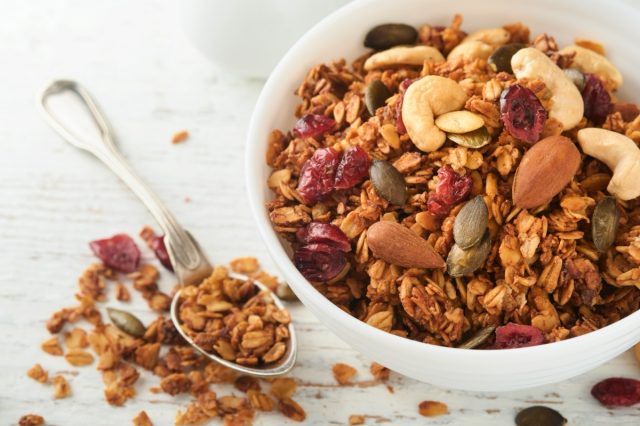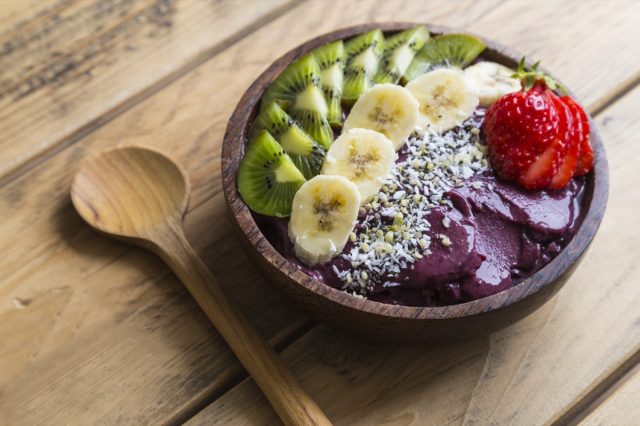Some of us grew up learning that snacking was bad and that it should be something we avoid if we want to be healthy. But this couldn't be further from the truth. Snacks can help you get the nutrients your body needs and can help you feel full and energized until your next meal. The key is making sure you choose the right foods. In fact, to get the most out of your snacking ventures, we recommend aiming for snacks that are made from superfoods. What are Superfoods?Superfoods are a trendy topic these days, but it's for good reason. This category of foods contains fruits, vegetables, grains, and legumes that are incredibly healthy and nutrient-dense. Some examples of superfoods include:
While they all come with their own unique health benefits, some superfoods make for the perfect filling snack to eat in between meals because they can keep you feeling not only full but more energized before it's time to eat your next meal. What makes a snack so filling?But what makes a snack more filling and energizing? For starters, foods that are higher in fiber and protein will have more satisfying qualities for them. High-fiber foods aren't digested like other carbohydrates, so eating these foods can slow down your body's digestion process, leaving you less hungry. Foods higher in protein can both help regulate your hunger hormones as well as reduce cravings. Because of the way fiber and protein keep you feeling more full, they can also, in turn, help you feel more energized because you won't be suffering from hunger or a lack of essential nutrients throughout the day. These snacks can also help bring you more energy because you'll be avoiding the snacks that are associated with making you feel more sluggish and lethargic, such as foods with tons of added sugar—which can cause intense blood sugar crashes and are known to leave people feeling hungry, tired, and sluggish. For some ideas on delicious superfood snacks to keep you full and energized before your next meal, check out this list of dietitian-recommended choices. 15 Filling Superfood SnacksPistachios
For a snack that is quick, easy, and healthy all in one, Lauren Manaker, MS, RDN recommends a handful of pistachios. "Protein is a powerhouse macro when it comes to satiety, and pistachios are a go-to for a protein-packed snack, as they provide all of the essential amino acids in plant-based form," says Manaker. These essential amino acids—which your body can't make on its own—are known as the "building blocks of protein" and are needed for your body to actually make protein. Animal-based proteins contain all of the essential amino acids, making them what is known as a "complete protein." Most plant-based proteins are considered incomplete because they don't contain every amino acid, but pistachios (as well as tempeh, soy, and quinoa) are a delicious exception. Manaker also adds that "they are a source of fiber and healthy fats, which help keep people feeling full, too." RELATED: 10 Healthy Superfoods You Should Eat Every Day Trail mix of mixed nuts and dried fruit
One way to ensure that you're getting a good superfood snack is to combine multiple superfoods into one! According to Amy Goodson, MS, RD, CSSD, LD, making a homemade trail mix of things like walnuts, almonds, pumpkin seeds, dried cranberries, and dark chocolate chips is the perfect way to do this. "Walnuts and almonds provide healthy fats and protein for satiety, while pumpkin seeds offer magnesium and iron," says Goodson. "Dried cranberries add natural sweetness and antioxidants, and dark chocolate chips contribute to mood-boosting benefits." Avocado toast
On its own, avocado is a beloved superfood full of healthy fats and fiber, as well as vitamins like folate, magnesium, and vitamin E. You can always enjoy some slices of avocado by itself, but Goodson recommends turning this superfood snack up a notch by making avocado toast on whole wheat bread with toppings like cucumber, chia seeds, and micro greens. She says that all of these ingredients work great together because "Avocado provides monounsaturated fats for satiety, while whole-grain toast offers fiber and sustained energy. Cucumber adds hydration and crunch, chia seeds provide omega-3 fatty acids, and microgreens offer a nutrient boost." RELATED: 20 Best Superfoods To Eat for Weight Loss Watermelon
Many of the superfoods on this list have higher levels of protein or fiber because those are the major components that help keep you full and more energized after eating them. But watermelon, "which is one of the most hydrating foods out there and is made of 92% water and packed with electrolytes," says Manaker, is a snack that can keep you feeling energized because of its hydrating qualities. "Sometimes, people can feel more energized when they are not dehydrated, and snacking on watermelon can help accomplish this goal." Also, because of its lower calorie counts and higher levels of water, you can feel more full off of more watermelon without going past your calorie goals. RELATED: Is Watermelon Good for You? Greek yogurt with berries
Goodson notes that Greek yogurt is a wonderful superfood snack because "it is high in protein, aiding in appetite control, satiety, and muscle maintenance, and it also contains probiotics that help with digestion and gut health." But if you want even more of a nutrient punch in your snack to help keep the afternoon sluggishness away, she says to make sure you add a handful of berries and chopped almonds to your yogurt as well. "Berries provide antioxidants and fiber for digestion, and almonds add extra good fat and fiber for a satisfying treat." She also adds that you can top it off with some honey, "which adds natural sweetness." This sweetener is full of antioxidants and vitamins, and has actually been found to possibly help aid in heart health and lowering of blood pressure. RELATED: The 6 Healthiest Greek Yogurts Milk
Both of our dietitians swear by a glass of milk when you need a nutrient boost—"With natural carbohydrates and 8 grams of protein per cup, milk is an affordable, accessible, nutrient-rich beverage that gives you everything you need in one glass," says Goodson. She also adds that "milk contains 13 essential nutrients, including high-quality protein, B vitamins, calcium, vitamin D, iodine, the electrolyte potassium, the antioxidant selenium and more," which is why she also says, "milk does a body good!" Chia pudding
Chia seeds are another example of a plant-based protein source, and even though these seeds are tiny, they pack a mighty punch of nutrients. This is why Goodson recommends making a chia seed pudding by combining milk, vanilla, blueberries, and pecans with your chia seeds for your mid-afternoon snack. "These seeds expand in liquid, creating a gel-like consistency that promotes fullness, and they are rich in omega-3 fatty acids and fiber," says Goodson. " Milk provides an additional 13 essential nutrients and one gram of high-quality protein per ounce, and blueberries are an antioxidant powerhouse and provide natural sweetness. Plus, pecans add some extra monounsaturated fat, fiber, and crunch." Hard-boiled eggs
When you're really in a bind and don't have much time on your hands for preparing a thoughtful snack, making a few hard-boiled eggs and storing them in the fridge can be a lifesaver. "Eggs make for a great snack because they are truly nature's multivitamin, providing a wide variety of vitamins and minerals plus highly-bioavailable protein to keep you satisfied and energized," says Maggie Michalczyk, RDN. Eggs are high in protein, with about 6 grams per egg, which will directly help you feel more satiated before your next meal. But eggs are also more than just protein, as they are also full of helpful vitamins and nutrients, meaning they can help keep you full while also giving your body some of its essential nutrients. For instance, "Eggs are a good source of choline, which helps boost memory function and is essential for brain development," says Michalcyzk. Along with choline, eggs also contain vitamin D, which can help improve your muscle and bone health. RELATED: 21 Superfoods That Are Surprisingly High in Protein Roasted chickpeas
Chickpeas are a high-fiber and high-protein food (8 grams of fiber and almost 9 grams of protein in 1/2 of a can) that can help keep your hunger at bay and your digestion healthy. They also give your body a boost of important nutrients and vitamins like manganese, folate, copper, zinc, and iron. To make this an easy snack, just take a can of chickpeas and roast them in the oven with some light seasoning and salt, or turn it into some hummus to go along with your favorite sliced vegetables. RELATED: I Tried 6 Hummus Brands & the Winner Was Bright, Light, and Lemony Apples and nut butter
A sliced apple with nut butter is a nostalgic snack for many, but it's also one that combines multiple superfoods and can keep you feeling more full between meals. For one, apples are a higher-fiber fruit, meaning your body will take longer to digest it. And two, using nut butter like almond, cashew, or peanut butter will provide you with some protein and healthy fats, which will also contribute to more feelings of satiety. Salmon Toast
Salmon is another superfood full of powerful nutrients. This fish provides hearty portions of protein, omega-3 fatty acids, D vitamins, B vitamins, magnesium, and selenium. Enjoy a superfood snack that will keep you full until your next meal by pairing salmon, toast, and a topping like cream cheese or cottage cheese. RELATED: 15 Healthy Salmon Recipes for Weight Loss Roasted Edamame
Edamame is a superfood that often gets forgotten, but this legume can make for the perfect filling snack—especially when it's roasted. Roasted edamame, like one of our favorites from The Only Bean, is crunchy, full of protein, and easy to take on the go. It also packs in 5 grams of fiber, which can help with digestion and keep you satiated. Quinoa Snack Bar
Quinoa is a popular grain that is also considered a superfood because it is packed with nutrients like protein, fiber, healthy fats, magnesium, folate, potassium, and iron. However, this food is usually found as the base of a meal, not a snack. To take this superfood and transform it into a filling snack, we recommend making some quinoa crisp snack bars! These Vegan Blueberry Quinoa Snack Bars from Blissful Basil are a great example of what you can make with this grain, and you can prepare enough ahead of time to have some for the rest of your week! RELATED: 6 Ways Eating Quinoa Helps You Lose Weight Sweet Potato Fries
Sweet potatoes contain fiber, protein, vitamin C, and B vitamins, as well as powerful antioxidants like beta-carotene—which can support eye health and help fight inflammation. To turn these orange potatoes into a snack, try making yourself some sweet potato fries! You can try our recipe for baked sweet potato fries, purchase a healthy bag like Alexia's Organic Sweet Potato Fries, or you can make them in the air fryer for an extra crisp. To up the protein content and make them ever more filling, try making a homemade dipping sauce from Greek yogurt. Tofu Smoothie
Tofu is usually a common household item for those eating a mostly plant-based diet, but even meat-eaters can enjoy its nutritious qualities. For instance, a serving of tofu provides protein, healthy fats, fiber, iron, and almost half of your daily value of calcium, which is enough to make anyone want to include tofu in their regular diet. To enjoy tofu as a snack, try something like our Tofu Chocolate Smoothie, which is also made with reishi mushrooms—a type of mushroom found to improve inflammation and carry antioxidant qualities. The post 15 Superfood Snacks to Stay Full & Energized All Day Long appeared first on Eat This Not That. Медиа: | ↑ |
Ultra-processed foods (UPF) are linked to several concerning health conditions, both mental and physical. Walk down any grocery store aisle and you will see countless meals, snacks, drinks, and desserts that fall firmly under the UPF umbrella, but even some options marketed as healthy or better for you are, in fact, the opposite. "Foods that are ultra-processed are altered from their natural forms. This can be done to make foods appear a certain way or preserve foods for longer. Compare a carton of eggs that you purchase with a frozen egg patty. Even though both of these items contain eggs, these are very different foods that have gone through very different journeys to get to the store shelves," says Neha Sachdev, MD, MS, via the AMA. "If you're not feeling good, if you're eating processed foods all the time, you're not sleeping well, there's all of these other cascade effects that negatively impact your health," registered dietitian Vanessa Rissetto told TODAY. "Choose whole foods, be less reliant on convenience foods. Plan ahead. If you plan ahead, then you're not going to grab these quick things. Less is more — less ingredients, study the labels. But remember, you can have ultra-processed foods sometimes, but what you eat does matter, so be mindful of that." Here are 11 ultra-processed foods that may be a lot worse for your health than you realize. Supermarket Bread
Most commercially-produced breads—yes, even that organic, whole-grain loaf—are packed full of unhealthy additives. "If bread or other products have had preservatives added to it to extend the shelf-life, then it is likely ultra-processed," dietitian Lindsey Wohlford tells MD Anderson. Plant-Based Meat
Fake "plant-based" meat is sold as a healthier alternative to real meat, but "Vegan meat may seem like a healthy and convenient alternative. However, its ultra-processed ingredients, GMOs, and gut-busting additives make it anything but a healthy choice," says Amy Myers, MD. "If you want to optimize your health, whole, nutrient-dense foods will always be a better option than lab-made vegan meat." Plant-Based Milk
Plant-based milks are not the healthy option many people assume they are. Many shelf-stable alternative milks are packed full of additives and preservatives. "Ingredients will differ, and most of these are unlikely to make or break a plant milk's nutrition profile," registered dietitian Kimberly Spatola told Novant Health. "But there are two ingredients I would avoid — carrageenan and added sugars. If you drink a glass of cow's milk, you'll notice it is inherently sweet. So, many of these products try to mimic that by adding sugar. Instead, I always recommend unsweetened, unflavored plant milks." RELATED: 10 Processed Foods That Are Actually Good for You Breakfast Cereals
Most grocery store breakfast cereals, even the "healthy" ones, are packed full of dyes, sugar, and additives. "Many cereals and breakfast drinks marketed as healthy are ultra-processed. They can contain maltodextrins, processed proteins and fibers, and colors. Oats, on the other hand, contain just one ingredient: oats!" experts tell The Conversation. American Cheese
Technically, American cheese isn't even a cheese, it's a highly-processed cheese product. "Processed cheeses like American cheese are loaded with sodium and saturated fats, both of which can raise blood pressure levels and increase risk of stroke or heart attack," Lori Walker told She Finds, adding that high cholesterol levels "can also be a result of consuming too much processed cheese as they contain large amounts of cholesterol-raising saturated fats." Canned Soups
Many canned soups are full of unhealthy ingredients, including high levels of sodium. "People love soup, but it has a day-plus of sodium in one cup," Amit Shah, MD, assistant professor of internal medicine at the Mayo Clinic in Scottsdale, Arizona, tells AARP. "And sodium is a really important thing to pay attention to if you have congestive heart failure, prior heart attacks or have stiffening of the heart." Veggie Chips
Veggie chips are often touted as a healthy alternative to potato chips, but unfortunately they also count as a UPF. "You can gain a small amount of nutritional benefit from some of those foods, but they are still snack foods," Julia Zumpano, registered dietitian with Cleveland Clinic's Center for Human Nutrition, tells TODAY. "You're going to be better off eating real kale or black beans versus the chip version of them." Supermarket Cookies
When you bake at home, you use a limited amount of recognizable ingredients such as flour, butter, eggs, and sugar, but many store-bought cookies and pastries are packed with additives and engineered to make you eat more of them. For example, you might be satisfied eating one or two home-made cookies but want to eat far more of the ultra-processed kind, another reason UPFs can have a negative impact on health. "If you can put a food away after consuming a modest portion, it's likely OK to have some ultra processed treats in the home. On the other hand, if eating one store-bought cookie quickly turns into eating a whole sleeve of cookies, it's likely better to avoid having it in your home," says Tara Schmidt, M. Ed., RDN, via the Mayo Clinic. Flavored Yogurts
When was the last time you looked at the ingredients on your favorite flavored yogurt? "Flavored yogurts are also ultra-processed," says registered dietitian Julie B. Kramer via The Well by Northwell. "Not surprisingly, roughly 60% of calories in the typical American diet come from ultra-processed foods, and the foods in this category that are eaten in the highest amounts are beverages and other sugary products." RELATED: These Foods May Increase Risk of Dementia, New Study Says Diet Soft Drinks
Experts warn about the impact diet soft drinks have on health. "Some [ultra-processed foods] I would never consume, such as soda," ??registered dietitian Jinan Banna, professor of nutrition at the University of Hawaii, told CNBC Make It. "Soda doesn't have any nutritional value other than just calories in the form of sugar. So they're empty calories, which don't give us any of the nutrients that we need." Margarine
Margarine is not the healthy alternative to butter it was originally marketed as. "Sure, butter is creamy and spreadable, but it provides a significant source of saturated fat which in excess can lead to elevated blood cholesterol," Zumpano says. "Margarine, made from plant-based fats and oils, is supposedly heart-healthier. However, not all margarine is created equal. Most margarines contain unhealthy plant oils in order to keep them solid." The post 11 Ultra-Processed Foods Experts Warn Are Worse Than You Think appeared first on Eat This Not That. Медиа: | ↑ |
Yogurt is an all-around amazing food. It's delicious and versatile enough to eat on its own, in a bowl of granola, with your favorite fruit, or as the base of a recipe for a tasty sauce or salad dressing. Not only that, but yogurt is chock full of nutrients like protein, calcium, and probiotics, making it an extremely healthy item to add to your daily diet. Because of its nutrient density, yogurt has always been associated with benefits like increased bone strength, improved gut health, and weight management. And according to Brooke Glazer, RDN , "Frequent consumption of yogurt has been shown to improve risk factors for cardiovascular disease, to lower diabetes risk, and to enhance immune function." But what about the other potential benefits of eating yogurt every day? And are there any negative side effects that can come with eating this creamy food? If you're a yogurt lover or are just trying to incorporate it more consistently into your diet, read on to learn more about the potential benefits and side effects of eating yogurt every day. Which type of yogurt is the healthiest?Yogurt has a ton of health benefits—which we'll get to in a second—but it's important to find the best varieties that work for you and your health goals. A rule of thumb when choosing the healthiest yogurt is that, ideally, it will be higher in protein and lower in added sugars. The protein will help keep you full and improve muscle mass and weight management goals, and keeping your added sugar intake at bay will help decrease cravings and help prevent things like inflammation, heart complications, and weight gain. When choosing a healthy yogurt, look for one of these: Greek yogurt: This type of yogurt is generally higher in protein and lower in sugar, while still containing plenty of calcium and other important vitamins. For some ideas, check out our taste test of the healthiest brands. Icelandic yogurt: Also called "skyr" in some cases, this yogurt is similar to Greek yogurt in that it is usually higher in protein and lower in sugar. These are some of the healthiest Icelandic yogurt brands on grocery shelves. High-protein yogurt: Many brands, such as Oikos and Chobani, now carry their own lines of high-protein yogurt. Although yogurt naturally contains protein, these options have added protein and usually range from 15-25 grams of protein per serving. You can check out some of the best high-protein yogurt brands here. 11 Benefits of Eating YogurtYou'll get a protein boost.
Yogurt—especially Greek yogurt or Icelandic skyr—can be great for providing a protein boost with low levels of sugar and fat. For example, a 5.3-ounce container of Chobani Nonfat Greek Yogurt provides 14 grams of protein. Because protein can help keep you full by reducing hunger hormones and minimizing cravings, a high-protein food like yogurt can be ideal as a morning meal you can top with fruit, granola, or nuts, or a mid-afternoon snack that can help keep you full until dinner. RELATED: 34 High-Protein Breakfasts That Keep You Full You may experience healthier blood pressure levels.
According to Lisa Young, PhD, RDN, "Research shows that yogurt is good for the heart and can help lower blood pressure." A 2018 study published in the Journal of Hypertension found that higher consumption of dairy products—especially dairy yogurt—was linked to fewer cases of high blood pressure in adults. Specifically, eating more yogurt and following the "Dash Diet" more closely is a combination that was linked to a 30% lower risk of high blood pressure. Another study found that a higher protein intake may also be associated with lower blood pressure levels, which is another way in which yogurt may help. Your 'bad' cholesterol levels may decrease.
Along with the potential to help lower your blood pressure, yogurt can also help your heart by potentially helping to manage blood cholesterol levels, too. One study published in the Journal of Dairy Sciences looked into the effects of probiotic yogurt on participants with type 2 diabetes. What they found was that daily consumption of this yogurt was associated with lower LDL and total cholesterol. RELATED: 8 Greek Yogurts With the Lowest Quality Ingredients You'll increase your calcium intake.
Aside from protein, a helpful nutrient that yogurt can provide your body with is calcium, which is necessary for functions relating to your muscles, nerves, blood vessels, and bones. For instance, your bones contain a large portion of calcium, and when you're not consuming enough calcium through the foods you eat, your body actually begins to pull calcium from your bones. That is one reason dietary calcium is so important. All milk products, including yogurt, are rich sources of calcium, so eating dairy yogurt (not all plant-based yogurts will have calcium) on a regular basis is an effective way of getting enough calcium in your body. RELATED: The 20 Best Yogurts for Weight Loss Your digestive tract will get some extra help.
While the word "bacteria" may automatically trigger negative associations, there are "good" bacteria that are essential to making sure your digestive tract functions properly. One way you can increase levels of those good bacteria is by consuming probiotics, which are live microorganisms found in certain foods and supplements. According to Lindsey Kane, MS, RD, LDN the Director of Nutrition at Sun Basket, maintaining a healthy gut microbiome—which is the collection of microorganisms, including bacteria, yeast, and viruses, that live in your large intestine—promotes bowel regularity, reduces bloating and general GI discomfort, and mitigates symptoms associated with Crohn's disease, ulcerative colitis, and IBS. Unfortunately, not all yogurts are created equal in regard to probiotics. "Most yogurts undergo pasteurization after fermentation, and this pasteurization process destroys the fragile probiotics cultivated during fermentation, causing you to lose out on any of the benefits they once had to offer," says Kane. For this reason, Kane recommends choosing yogurt with a label that indicates it contains live and active cultures. Ideally, Kane advises selecting one that contains multiple strains of bacteria. "Think of this as diversifying your roster for a sports team," she explains. "You need all sorts of players to build a versatile unit, each contributing different skills and talents to create a strong and resilient squad capable of handling any opponent that comes their way." Other than that, as long as you go for a product that doesn't contain heaps of added sugar, yogurt can definitely be a super healthy component of your daily diet. Your immune system will get some support.
Speaking of probiotics, Glazer notes that having a healthy gut plays a key role in making sure you can fend off illness by regulating what gets to pass through the lining and enter your bloodstream. "Kind of like a bouncer that decides who gets to come into a nightclub, our microbiome prevents dangerous bacteria from getting inside our body, thereby aiding immune function," says Glazer. "Since yogurt contains probiotics that create a healthier gut and the gut regulates immune function, eating yogurt can improve immunity." Kane also points out that probiotics have been shown to prompt the synthesis of natural antibodies and immune cells like lymphocytes and Natural Killer T cells, which can attack invading viruses and toxins. Your mental health may improve.
Remember those friendly flora mentioned earlier? According to Kane, probiotics don't just positively impact your physical health, but your mental health as well. An increasing number of studies have demonstrated that the gut-brain connection definitely exists—and Kane notes that some research has found probiotics to improve anxiety, depression, stress, mood, and memory. While you likely won't notice these effects after just one serving of yogurt, if you're eating it on a regular basis, it could definitely make a difference over time. RELATED: 9 Worst Foods That Cause Stress-Triggered Weight Gain Your body will send signals of fullness to your brain.
If you opt for a yogurt that's high in protein, you'll likely feel satisfied after eating it because of protein's effect on satiety. This is especially true if the yogurt isn't nonfat. "Yogurt is a nutritional powerhouse—it is full of protein, fat, and carbohydrates, the triple threat for long-lasting satiety and energy," says Kane. This is why yogurt is such an ideal snack option for keeping those hunger pangs at bay. RELATED: 7 Breakfast Habits To Curb Cravings & Lose Weight You'll get a rush of many vital nutrients.
In addition to probiotics, yogurt is packed with many other nutrients that your body can benefit from. For example, Kane says you'll get a decent dose of phosphorus ( for bone health), magnesium (which supports energy metabolism, sleep, and mood), and potassium (which regulates blood pressure, muscle mobility, and recovery). And that's not all. "Probiotics actually produce vitamin K as well, which is used for healthy blood coagulation (clotting) to support healing," says Kane. Yogurt can help with weight loss or weight management.
You've already learned by now that yogurt can be a nutritional powerhouse containing vitamins and nutrients your body needs on a daily basis. Along with providing helpful nutrients for bone health, metabolism, blood pressure, and muscle health, yogurt has also been found to help with weight management and in some cases, weight loss. According to Nature Portfolio, regular yogurt consumption is associated with lower body fat, smaller waist circumference, lower body mass index, and less weight gain. A study published in the Journal of the American College of Nutrition found similar results, concluding that yogurt is linked to an increase in weight loss and body fat loss, increased feelings of fullness, and fewer cravings—all of which is also associated with a decreased risk of type 2 diabetes. It can also help with healthier aging.
Yogurt also contains valuable nutrients for those worried about aging healthily. As we mentioned previously, yogurt contains things like calcium, protein, magnesium, phosphorous, and probiotics, all of which are nutrients that can directly help various age-related health concerns. For instance, things like bone density and muscle mass change as we age, and it's important to consume plenty of calcium, protein, and phosphorous to ensure that our bone and muscle health is at its best with each passing year. According to the Journal of the American College of Nutrition, yogurt's nutritional value, it can help improve the health of aging adults. One downside to eating yogurt: You may consume a lot of added sugar
Yogurt can provide your body with a boost of protein and other helpful nutrients, but many store-bought varieties come packed with excess amounts of added sugar. Take Dannon Fruit On The Bottom, for instance. Their peach flavor may be low in fat, but it provides only five grams of protein and 15 grams of sugar. Eating a little bit of added sugar on occasion is fairly harmless, but added sugar in excess can lead to a variety of health complications like heart disease, high blood pressure, high cholesterol, diabetes, weight gain, and chronic inflammation. If you're trying to limit your consumption of the sweet stuff, try plain yogurt and sweeten it up with fresh fruit or a small drizzle of honey or maple syrup. "A dash of vanilla or a pinch of cinnamon also works wonders in creating a sense of sweetness without actually adding any sugar at all," Kane suggests. The post What Happens to Your Body When You Eat Yogurt Every Day appeared first on Eat This Not That. Медиа: | ↑ |
I wouldn't believe it if you told me ten years ago that water bottles would be as trendy and status symbol-y as a designer handbag. However, here we are in 2025, with my 9-year-old daughter begging me for $10 Touchland hand sanitizer, premiere skincare from Sephora, and $45 water bottles. Luckily, I get paid to test and write about most of the items she requests, and I have been sampling water bottles for years, making me somewhat of a water bottle expert. I have tried out all the most popular brands and models, and one of them is seriously worth the hype. Nalgene Sustain Tritan Water Bottle
I am not a fan of plastic water bottles, as they don't keep water cold very long and tend to get smelly. However, if I need a lightweight water bottle, for example, while hiking, I will grab Nalgene Sustain Tritan. It is available in 12, 16, 32, and 48 ounces and various mouth types, including wide, sipper, and splashguard, and the dishwasher-safe and BPA-free bottle features a leakproof lid. The most significant benefit is that it's incredibly lightweight and is on the affordable side, retailing for under $20. Yeti Rambler Water Bottle with Chug Cap
I've been gifted a few Yeti water bottles over the years and the Rambler is one of my favorites. In general, I hate straws. While Stanley has taught me that they aren't always so bad, especially when you are driving in the car or don't have time to unscrew a lid, I would chug my water in a perfect world — and this is the bottle to do so. Like other Yeti products, it's a little heavy but super durable. An added bonus? It is dishwasher safe. One of my best friends is obsessed with Yeti all around and maintains that this is her all-time favorite. "Of all the water bottles we've tried – and we've tried A LOT – it's the only one that actually keeps the water cold and still has ice in it the next day," she says. Takeya Actives Water Bottle
I've had Takeya water bottles in rotation for over a decade, and they are always a solid and reliable option. The Takeya Actives Water Bottle comes in many sizes, 18, 22, 24, 32, 40, and 64 ounces, with straw and spout lids and many colors. Like Yeti, they keep water cold for hours, made out of durable, vacuum-insulated, stainless steel. The bottle is also cleverly designed with a large handle and a grippy strip around the lid, making it the easiest to open out of all the water bottles I tested, It also has a silicone grip on the bottom, giving it more stay-put power. When my kids were younger, we often used these because they come in a kid's version. Stanley Quencher Tumbler
There is a reason why the viral Stanley went viral: The water bottle's design is next-level genius – for those who prefer a straw at least. This is undoubtedly the best water bottle for long car rides and carrying around the house. I struggled for years to find a large water bottle that fit in the cup holder of my car, and because the Stanley is slimmer on the bottom and widens at the top, it can hold up to 40 ounces of H20 and fit in the cup holder with ease. The vacuum-sealed bottle also keeps water cold all day long. This might be the most perfect water bottle in the history of water bottles, but because there is a straw sticking out of it, water spills if it gets knocked over. This drives parents and teachers crazy, with my daughter's school even asking parents to avoid sending this style of water bottle in with kids, as it oftentimes leaks all over their backpacks. Owala FreeSip
I was recently informed by my daughter that everyone who is anyone in her third-grade class carries an Owala. After trying out the Owala FreeSip, it immediately became clear to me that this was a much better option for anyone who either throws a water bottle inside of a bag or the drink holder slot of a backpack. The lid actually closes, keeping water from spilling out. I also appreciate all the color and size options, including limited edition shades from Urban Outfitters to Target. One flaw? The spring lock mechanism, which opens and closes the spout can be glitchy. Mila, an 8-year-old on the basketball team I coach, complained that hers didn't work anymore (after she dropped it on the pavement) and leaked water due to the flaw. The brand does sell lids separately, for around $7, which I think is a great solution. Personally, I prefer the FreeSip Twist over the OG, as it is cup-holder friendly, so I can easily grab it while in the car. The post I Tried 5 Popular Water Bottles and Only One Was Worth the Hype appeared first on Eat This Not That. Медиа: | ↑ |
Are you battling high blood pressure? There are a few changes you might want to consider making in terms of your diet. Martha Theran, RD, Nutritionist with Pritikin Longevity Center, explains to Eat This, Not That! that tweaking your eating habits can make a big difference in terms of normalizing blood pressure. "Eating a low-calorie density, nutrient-dense, low-processed diet can help bring your blood pressure closer to normal or even within a completely healthy range. You'll start to see the difference usually within just a few days," she says. Here are five key habits you should adopt. Cook More at Home
Her first recommendation is cooking more at home. "Cooking at home is an important part of lowering your blood pressure, which is why it is recommended in the DASH. This means keeping your diet as unprocessed as possible and consuming less things that come in packages, avoiding take-out/restaurant food and really limiting fast food," she says. "Making your own homemade meals from fresh, low-calorie and nutrient-dense food helps you lower your sodium and sugar intake while increasing your intake of powerful blood pressure-lowering nutrients, like potassium, antioxidants and fiber." Increase Fiber Consumption
She also recommends amping up your fiber intake. "Consuming plenty of fiber has been shown to help prevent hypertension," she says. "Fiber is found in nearly all unprocessed plant foods, so eating fresh vegetables not only helps in increasing fiber intake, but it also aids in lowering your blood pressure." Lower Your Sodium Intake
Third, lower your sodium intake. "A low sodium diet is the recommended approach to controlling high blood pressure because high amounts of sodium, found in basically all processed and packaged foods, are known to worsen high blood pressure by impacting fluid retention and how arteries dilate," she says. "Sodium is a type of electrolyte that's balanced by other beneficial electrolytes like potassium and magnesium to keep blood pressure within a healthy range." Get More Potassium
Fourth, get more potassium. "A low-potassium, high-sodium diet contributes to high blood pressure, hypertension and cardiovascular disease. Potassium — found in foods like green veggies, bananas, sweet potatoes, organic dairy products, beans and avocados — is the third most abundant mineral in the body and is needed to interact with sodium to perform many important functions, including helping lower blood pressure. Potassium naturally increases sodium excretion," she says. Stay Hydrated
Finally, make sure to say hydrated. "Drinking enough water each day is important for preventing dehydration and balancing fluids," she says. The post 5 Easy Ways to Lower Blood Pressure Fast With Food appeared first on Eat This Not That. Медиа: | ↑ |
If you're trying to lose weight and blast belly fat, eating a healthy dose of fiber can help. Shrinking your waistline doesn't only feel good, but it's healthier to have a slimmer midsection. While most people know about subcutaneous fat–the fat that you can see and pinch, many don't know about visceral fat, which is located deep in your abdomen. It wraps around your vital organs and can cause serious health issues like some cancers, stroke, type 2 diabetes and more. A growing belly is the most obvious sign, but oftentimes you don't know it's there. Measuring your waist circumference, body mass index (BMI), and waist-to-hip ratio is the most accurate way to know. "You may not even know you have visceral fat because you can't feel it or see it," says Dr. Seema Bonney, the founder and medical director of the Anti-Aging & Longevity Center of Philadelphia. "Visceral fat is sinister because it makes inflammatory proteins that damage blood vessels as well as tissues and organs inside the body." But there's good news. You can get rid of visceral and subcutaneous fat with diet and exercise. "Diet is at least 80% of the equation when getting rid of visceral fat. Eat a healthy diet with lots of fruits and vegetables of every color," says Dr. Bonney And consuming more fiber is also a way to combat belly fat. Researchers have found a high-fiber diet reduces visceral fat. While the amount of daily fiber varies depending on age and sex, according to the Federal Drug and Administration, the average adult should consume at least 28 grams a day based on 2,000 daily calories. If your goal is to get rid of belly, or eat a fiber-rich diet to stay healthy, here are 23 foods nutritional experts Eat This, Not! spoke to recommend. The foods are ranked according to the amount of fiber from lowest to highest. Flaxseeds
Nutrition:Per serving: 1 tablespoon
Fiber: 2.8 grams Flaxseeds are a superfood that was once a trendy thing to talk about on social media, but just because the hype has died down, doesn't mean you should ignore this tiny nutrient-packed seed. According to studies, regular consumption of flaxseed lowers "total cholesterol," and can help prevent the onset of type 2 diabetes and certain cancers. Flaxseeds can also improve digestion and reduce belly fat. Rene Ficek, RDN and Owner of Seattle Sutton Healthy Eating says, "Flaxseeds are a rich source of soluble fiber and omega-3 fatty acids. The fiber promotes a feeling of fullness, while omega-3s have been linked to reduced inflammation and fat accumulation in the abdominal area." Prunes
Nutrition:Per serving: 4-6, depending on size
Fiber: 3 g While prunes have been stereo-typed as the fruit older people eat to regulate their digestion, there's other major health benefits such as supporting strong bone health and improving heart health. Prunes can also help decrease belly fat, so it's time to give prunes a second chance. "Prunes have a unique combination of nutrients, including soluble and insoluble fiber, sorbitol, polyphenols and prebiotics, that work together to aid digestion and improve the gut microbiome, says Lauren Manaker MS, RDN, LD, Charleston-based registered dietitian. She explains, "A recent study published in the Journal of Nutrition showed that eating 100 grams of prunes daily may help prevent changes in fat distribution around the central region of the body, especially belly fat. Plus, their naturally sweet flavor is a nutritious way to satisfy sweet cravings!" Papaya
Nutrition:Per serving: 1 small fruit
Fiber: 3 grams Papayas are packed with vitamin C, which supports the immune system and helps fight off infections. The refreshing fruit is also filled with vitamin K, which is essential for calcium absorption and bone health. Plus, papayas can help with pesky belly fat. Dru Rosales, MS, RD, LD Owner of MindFuel Performance says, "Papaya is a tropical fruit known for its high fiber and antioxidant content. There have been a series of studies in rats that have shown a reduction in inflammation, lipid levels, insulin levels, and adipose tissue. It makes for a great fruit choice to boost fiber and manage weight." Figs
Nutrition:Per serving: 2 medium figs, fresh
Fiber: 3g Figs have a sweet and chewy unique flavor that's loaded with nutritional value like potassium and calcium. But figs are also good for fighting belly fat. Rosales explains, "Fresh figs are chock full of fiber – so much so that they are often used to relieve constipation. We know that soluble fibers are crucial in managing weight, blood sugar and reducing the risk of cardiovascular disease. When you compare figs ounce-for-ounce to other fruits, they rank at the top! Figs are versatile and can be eaten fresh, dried, over cereal or yogurt, or chopped in a salad for a touch of sweetness." RELATED: 44 Best High-Fiber Foods for a Healthy Diet Sweet Potatoes
Nutrition:Per serving: 1 cup cubed
Fiber: 4g Sweet potatoes are naturally sweet, delicious and healthy. "Sweet potatoes are rich in both soluble and insoluble fiber, helping add bulk, weight and volume to a meal," says Sarah Schlichter, MPH, RDN of Bucket List Tummy. "Sweet potatoes are also high in anti-inflammatory antioxidants. A 2021 study published in the journal Antioxidants explained that reducing inflammation in the body can help reduce the propensity for fat mass expansion. For best results, pair them with non-starchy vegetables and protein-rich options." Avocado
Nutrition:Per serving: 1/2 large avocado
Fiber: 4.5 grams Besides the love of avocado toast, there's so many reasons to eat avocado–including getting rid of belly fat. Rosales says, "You likely know that avocados are full of monounsaturated and polyunsaturated fats, or the good fat, but you might be surprised to learn that they are a great source of fiber! Half a large avocado contains about 18% of daily fiber needs for women and 12% of needs for men, according to the 2020-2025 Dietary Guidelines for Americans. This combination of soluble and insoluble fiber aids with feelings of satiety, as well as keeping you regular." She adds, "One 12-week study that fed participants an avocado a day found that women significantly reduced their visceral, or belly, fat. Another recent publication examined the effects of a Mediterranean diet, which is typically high in avocados, and exercise on overall body composition and visceral fat. The researchers found a significant reduction in both after just 1 year." Oats
Nutrition:Per serving: 1 cup cooked
Fiber: 4g Plain oats that are filled with sugar have many benefits including regulating blood sugar, reducing the risk of heart disease and weight management. "Oats are rich in soluble fiber, particularly beta-glucan, which helps slow digestion and promote satiety," says Dr. Anand Thakkar, specializing in preventative, personalized medicine, nutrition and a whole-body approach to medical care with Bliss MD. He explains, "This can reduce overall calorie intake, aiding in belly fat reduction. Additionally, beta-glucan has been shown to support gut health and reduce visceral fat by stabilizing blood sugar levels and improving insulin sensitivity. I've recommended weight loss clients eat plain oats with some light toppings like PB Fit and 10 clients on this plan have seen an average of 6 lbs weight loss in the course of 3 weeks." Quinoa
Nutrition:Per serving: 1 cup
Fiber: 5g Whether you have quinoa as a side dish or use it as a salad base, the whole grain is packed with nutrients containing all nine essential amino acids. Plus, it's good for getting rid of extra pounds around your waist. "Quinoa can support weight loss by improving digestion due to its insoluble fiber component. It's also filling and satiating, which can help people reduce their overall caloric intake," says Christine Lauer, a nutritionist at Mochi Health. "It can also stabilize blood sugar levels while curbing cravings and overeating." Broccoli
Nutrition:Per serving: 1 cup, cooked
Fiber: 5 grams If you remember someone telling you to eat broccoli as a child, it was for a good reason. The tiny tree-like vegetables can do everything from lowering your risk of cancer to boosting your immunity. And, they can battle the midsection bulge. Ficek says, "Broccoli is a cruciferous vegetable high in fiber and low in calories. Its fiber content aids in digestion and promotes satiety, which can help reduce overall calorie intake and belly fat." Pumpkin Seeds
Nutrition:Per serving: 1 oz
Fiber: 5.3g Adding pumpkin seeds to your diet is an easy way to improve your overall well-being and lose some weight. Pumpkin seeds can lower your risk of cancer, reduce the risk of diabetes and boost fertility. Plus they help trim your tummy. Pumpkin Seeds (also might be listed as Pepitas) are a delicious and nutritious snack whether they are roasted and eaten, or added to yogurt, salads, trail mixes, oatmeal, smoothies or ground into a pesto sauce," says Michelle Rauch MSc RDN, Registered Dietitian/Nutritionist for The Actors Fund. She adds, "They are chock full of nutrition. 5.3g of fiber for just a one ounce serving which benefits digestion, promotes bowel health, and helps to lower cholesterol levels. Furthermore, pumpkin seeds contain all nine essential amino acids making them a rich source of plant-based protein." Pears
Nutrition:Per serving: 1 medium pear
Fiber: 5.5 grams Known for their sweet, mild, juicy flavor, pears are a satisfying and filling snack that's good to target belly fat. Rosales explains, "Pears are a great source of fiber, Vitamin C, and potassium. A systematic review of pears demonstrated that they improve gut health and provide antioxidants, which impact inflammatory factors in the body and can reduce adiposity. Pears are a wonderful fruit choice for anyone trying to increase fiber intake and/or manage weight." Schlichter agrees and adds, "Pears are one of the higher-fiber fruits, offering 6 grams of fiber per serving, as well as a slew of antioxidants and polyphenols. Research on pears has shown that they may help reduce plasma lipids in the body. Their natural sugars, fructose and sorbitol, also help with digestion and normalizing bowel movements. A study published in the journal, Appetite, found that participants who added pears to their daily diets lost weight over time." Brussels Sprouts
Nutrition:Per serving: 1 cup
Fiber: 6 grams Brussels sprouts are a vegetable people love to hate, but when seasoned and cooked to your liking, Brussels sprouts are the side dish you didn't know you needed. Plus, they can help get rid of stubborn belly fat. Rosales explains, "Brussels sprouts are a good source of soluble fiber, Vitamin K, and folate. A diet high in soluble fiber has been shown to reduce abdominal fat, even without an overall change in BMI. The tiny leafy green vegetable is also rich in antioxidants and Vitamin C which can help reduce overall inflammation in the body." Whole Wheat Pasta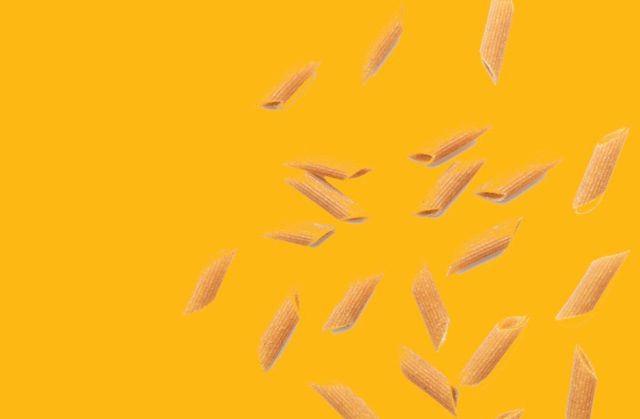 Nutrition:Per serving: 1 cup
Fiber: 6.2g Switching to a whole wheat pasta can help eliminate excess pounds. Schlichter says, "Like other whole grains, whole wheat pasta contains higher amounts of fiber, which can be indigestible and promote gut health and diversity." She adds, "Whole grains, like whole wheat pasta, also have antioxidants and anti-inflammatory properties that have been shown to reduce markers of inflammation in the body, such as C-Reactive protein and Interleukin-6, especially in those who are overweight." Tempeh
Nutrition:Per serving: 3 oz
Fiber: 7g Tempeh could be the meat alternative you've been looking for. It's heart healthy, supports bone health, has 16 grams of protein per serving, so you're full longer and it's delicious. It's a versatile plant-based protein that's great on salads or in stir frys. Schlichter says, "Tempeh is an excellent plant-based protein that also offers fiber, isoflavones, and several vitamins and minerals and can help support metabolism." Chickpea Pasta
Nutrition:Per serving: 2 oz
Fiber: 7g Pasta is the ultimate comfort food, but isn't the healthiest. However, if you swap out white flour pasta for chickpea pasta you can enjoy your dish with the added benefits of weight management guilt-free. Schlichter says, "Compared to regular pasta, a cup of chickpea pasta provides 7 grams of fiber for under 200 calories, as well as nearly 15 grams of protein to help with blood sugar balance and satiety. This fiber can help contribute to better digestion and more diverse gut bacteria." Canned Pumpkin
Nutrition:Serving Size: 1 Cup
Fiber 7g Canned pumpkin might be a pantry staple in the fall, but it's good to eat year round and has a ton of benefits such as supporting a healthy immune system, bone and heart health. Rauch says, "Canned Pumpkin can be used in everything from soups and pasta sauces, as well as a healthier substitution for butter or oil in a baking recipe." But, she emphasizes, Do not confuse pumpkin pie filling with pumpkin puree as they have very different nutritional profiles – pie filling having more calories, carbohydrates, sugar, and added spices. Pumpkin pie filling also has a different texture. Pumpkin puree is a smoother mixture whereas the Pumpkin Pie filling is a pudding-like consistency." Rauch explains, "Pumpkin puree is an excellent source of fiber containing approximately 7g on average per cup. Fiber helps promote bowel health, improves digestion, and increases satiety." She adds, "Pumpkin puree is also an excellent source of Vitamin A – (~200% of Recommended Daily Allowance in just one cup). Vitamin A is essential for promoting eye health and vision. It also boosts antioxidants including Beta-Carotene, which can help protect the body against damage from free radicals and reduce the risk of chronic diseases." Black Beans
Nutrition:Per serving: 1/2 cup cooked
Fiber: 7.5 grams Whether it's taco night, or you making veggie burgers, there's countless ways to incorporate black beans into your diet to help fight belly fat. Ficek explains, "Black beans are rich in soluble fiber and protein, both promote satiety and help regulate appetite. Including them in meals can support weight loss and reduce abdominal fat." Rauch adds, "Black beans are an excellent choice to add to dishes to boost fiber content. The combination of fiber and protein (15.2g per cup) can help promote satiety and reduce overeating. Not only can they be added to soups, stews, and salads, pureed black beans can be used in baked goods in lieu of oil or butter." Lentils
Nutrition:Per serving: 1/2 cup cooked
Fiber: 8g Lentils are the foundation of enticing recipes and are packed with nutrition. "Lentils are packed with both soluble and insoluble fiber, which support digestion and help regulate appetite by keeping you full for longer," says Dr. Thakkar. "Their high protein content also aids in muscle maintenance, which can boost metabolism and assist in fat loss, particularly around the midsection. Lentils are great for vegetarians and people looking to lose weight while eating a higher protein diet." Shelled Edamame
Nutrition:Per serving: 1 cup
Fiber: 8g You don't need to go out for sushi to reap the benefits of edamame. Grab a bag at the store and enjoy a tasty, healthy snack. "Edamame is a fabulous one ingredient snack with a balance of protein, carbohydrates, unsaturated fat, and fiber to assist with managing hunger and blood sugar," says Lauren Harris-Pincus, MS, RDN, founder of NutritionStarringYOU.com and author of The Everything Easy Pre-Diabetes Cookbook ." While no specific food can burn belly fat directly, eating meals and snacks with protein, fiber, and healthy fats can help to decrease overall caloric intake to support weight loss and reduce belly fat." RELATED: 12 Best High-Protein, High-Fiber Foods You Can Eat Raspberries
Nutrition:Per serving: 1 cup
Fiber: 8 grams Whether you eat them alone or top off Greek yogurt or cottage cheese, raspberries are an easy way to reduce your midsection. Ficek explains, "Raspberries are high in dietary fiber and low in calories, making them an excellent choice for weight management. The fiber content aids in digestion and helps maintain steady blood sugar levels." Chia Seeds
Nutrition:Per serving: 1 oz
Fiber: 10g The magic of chia seeds is not to be overlooked. Loaded with protein, omega-3 fatty acids and fiber, chia seeds pack a powerful nutritional punch. According to Lauer, "Chia seeds are 35% fiber by weight, making them an easy way to increase fiber intake. In addition to fiber, chia seeds provide protein, omega-3 fatty acids, and various micronutrients, all of which can help reduce hunger." She says, "A 2017 randomized cross-over study suggests that adding chia seeds to meals may enhance satiety and reduce calorie intake at subsequent meals, potentially supporting weight management. Additionally, a 2023 systematic evaluation of randomized controlled trials found that chia seed consumption, when included as part of a reduced-calorie diet, was associated with significant weight loss, whereas chia intake alone had minimal impact on weight. While current research highlights chia's potential benefits for appetite regulation and weight management, further studies are needed to explore its long-term effects on body composition and overall health." Drained Canned White Beans
Nutrition:Per serving: 1 cup
Fiber: 13g White beans have a mild but creamy flavor that can easily be included in a wide variety of meals like salads, stews and dips. They're delicious and healthy. Harris-Pincus says, "Beans, a naturally rich source of dietary fiber, help promote digestive health and support weight management and weight loss. "White beans are a nutrient-dense versatile food to add plant-based protein and fiber to any meal or snack. Blend into a smoothie, mash some into tuna salad, or puree some to make a soup creamy without the cream. Boiled Split Peas
Nutrition:Per serving: 1 cup
Fiber: 16g The No. 1 high fiber food to eat when trying to lose belly fat is boiled split peas, which can be eaten several ways. After fully cooked, split peas are ideal for hummus, curries, falafel, soups, stews, salads and more. Lauer says, "Split peas have a low glycemic index, meaning they promote stable energy levels and prevent blood sugar spikes that might lead to blood sugar crashes – and more snacks – later. One serving is only ~230 calories, but is high in both fiber and protein, keeping you fuller for longer without requiring higher calorie intake." The post 23 High-Fiber Foods That Shrink Belly Fat Fast, Experts Say appeared first on Eat This Not That. Медиа: | ↑ |
We all know what we eat matters for health, but that also includes watching what you consume before bed. Certain foods can cause a sleepless night, which is damaging to your overall well-being. A good night's sleep recharges your mind and body, but it's also vital for brain function, immunity, growth development, and more. It's one of the main things our body needs to stay healthy, yet so many have trouble sleeping through the night. According to Sleephealthorg, an astounding 50-70 million Americans don't get the recommended 7-9 hours sleep a night. Before you reach for a late night snack, check out this list of things to avoid, according to dietitians Eat This, Not That! spoke with. Based on their impact on sleep quality, here are the top 13 things to steer clear of ranked from unhealthy to unhealthiest. Cereal
Breakfast for dinner is never a bad idea, except if it's cereal, especially one high in sugar. "Numerous studies, including one published in the Journal of the Academy of Nutrition and Dietetics, involving 38,570 adults, have shown a significant link between the consumption of ultra-processed foods and chronic insomnia, as well as other sleep-related issues," says Violeta Morris, MS, RDN from Columbus, OH, The Concierge Dietitian, @conciergedietitianvioleta Morris explains, "According to the Sleep Foundation, 28% of Americans choose cereal as their bedtime snack, highlighting the strong association between ultra-processed food intake and sleep disturbances." She adds, "Many cereals found on store shelves are high in added sugars, which can cause a spike in blood glucose levels, potentially disrupting sleep. Next time you reach for that box of cereal, consider how its ultra-processed ingredients might impact your sleep quality and duration." Morris isn't the only expert who says to keep the cereal for the mornings. "Sugary cereals are largely processed starch and sugar, which cause a rapid spike in blood sugar and insulin levels," Ali Chappell, PhD, MS, RD, Founder of Lilli Health explains. "These higher insulin levels can disrupt melatonin production and make it harder to fall asleep and stay asleep." Cheese
Simply put, cheese is delicious. There's so many ways to include cheese in a dish, which adds to the appeal, but snacking on it before bed is not recommended. "Full-fat cheese, or any full-fat dairy, is high in fat, which takes longer to digest," says Laura M. Ali, MS, RDN, a culinary nutritionist based in Pittsburgh, PA. "This can affect both how long it takes you to fall asleep, and your sleep quality. You are more prone to have restless sleep and wake up often during the night." She adds, "Eating a high-fat snack or meal before bed can also impact the digestion process and lead to indigestion – which is basically another way of saying that you can experience stomach pain, nausea, and bloating." RELATED: 26 Things to Do Before Sleep to Lose Weight Dark Chocolate
It's hard to resist a dark chocolate craving, but Ali says it's better to eat the sweet treat during the day. "That triple layer dark chocolate cake may sound like the perfect way to cap off a special dinner, but if you want a good night's sleep it may be best to save it for an afternoon celebration or split a piece with your partner or a friend and enjoy just a bite or two," Ali advises. She explains, "Dark chocolate contains both caffeine and theobromine – two compounds that are stimulants. While dark chocolate has less caffeine than a cup of coffee, there is enough that it may interfere with getting a good night's sleep" Ali adds, "Theobromine is a compound but also a stimulant. It is great for helping you focus and improving your mood during the day, too much right before bed may make it difficult to settle down and sleep." Pastries
While pastries are typically a morning or afternoon treat, they can be pretty tempting any time of the time, including late night. But resist! "Pastries like cakes and cookies cause blood sugar levels to spike pretty quickly, which can heighten your energy levels and make it more challenging to fall asleep," says Dru Rosales, MS, RD, LD Owner of MindFuel Performance. She explains, "This effect is increased if the pastry is made with chocolate, which does have some caffeine in it as well. Even small amounts of caffeine late in the day can be enough to block sleep receptors in the brain. You may find yourself hitting the snooze button the next morning and waking up feeling groggy." Citrus Fruits
Fruit for dessert is a healthy option, but citrus fruits can wreak havoc on a good night's sleep. Rosales says, "Citrus fruits, like grapefruit, are on the acidic side so they can cause similar symptoms such as heartburn and acid reflux. Lying down in bed after eating an orange for example, could give the sensation that food is coming back up the esophagus and/or cause the taste of stomach acid in the mouth. This can make it hard to fall asleep or wake you in the middle of the night." Tomatoes
From pasta sauce to a healthy topping for salads, tomatoes are so versatile and add the perfect touch to any meal. But Rosales says tomatoes should not be eaten late at night. "Tomatoes are very acidic, so eating anything with tomatoes before bed can also lead to heartburn," she explains. "This can cause physical discomfort as you try to fall asleep and lead to frequent waking at night. So skip the leftover pizza if you want to enjoy a good night's sleep." Steak
A thick juicy steak for dinner sounds ideal for many, but too much protein and fat is hard to digest at night. "When we look at steak, specifically, it is high in protein and fat so your body will be working double time to digest this meal," Rosales explains. "You'll likely feel full, which will make it very uncomfortable to lay down and get to bed, leading to decreased sleep time overall. You may also experience restless sleep and heartburn." Chips
Chips are one of the greatest things on the planet–well taste wise, but they're addicting, too processed and not a good bedtime snack. "Chips are usually high in starch and unhealthy fats, which can spike insulin levels, leading to blood sugar swings that can disrupt sleep," says Chappell. "Since insulin and melatonin work in opposite cycles, an insulin surge before bed can disrupt melatonin production, making it harder to fall asleep and stay asleep. Additionally, their high salt content can also increase the likelihood of waking up at night feeling thirsty and needing a drink of water." French Fries
Fries are another tasty treat that's too good to skip, but Morris explains why it's healthier to avoid them at night. "Consuming foods high in saturated fat, such as French fries, can negatively impact sleep quality, as research has shown," she says. "As a dietitian, I always remind my clients that these foods not only add unhealthy fats to your diet but also bring additional calories and excess sodium. Additionally, the digestion of fatty foods takes longer, leading to discomfort, indigestion, and an increased likelihood of waking up during the night." Greasy Cheeseburger
If it seems like all your favorite junk food is on the list, they are. Another late night go-to is a cheeseburger, but considering ordering for lunch instead. "Foods that are high in saturated fat like a greasy cheeseburger have been associated with increased wakefulness and less deep sleep." Ali explains, "Those sleep disturbances could be partially caused by slow digestion of fat. Fatty foods normally take 4 – 5 hours to be digested, and this can slow further during sleep. That heavy, greasy burger before bed sits in your GI tract longer, weighing you down and making you feel uncomfortable and restless." RELATED: 9 Best 'Sleep Extension' Techniques To Help You Lose Weight Spicy Food
Spices can really elevate a dish, but Kimberly Jurkowski, RDN warns to go easy on the hot spice level. "Go mild when close to bedtime as spicy foods, like hot chili peppers and certain sauces and condiments, can be more acidic and lead to digestive discomfort," she says. "Plus, if you have acid reflux, it may act as a trigger, making it hard to sleep. Spicy foods may exacerbate IBS so if you have a sensitive stomach, it's better to enjoy spice in moderation during the day and avoid it at night." Other dietitians agree to lay off the spice at dinner. Ali explains, "Spicy foods like hot Buffalo wings, a spicy stir fry, or a spicy jerk chicken can lead to heartburn and gastroesophageal reflux disease (GERD) which can make it difficult to fall asleep or cause you to wake up with pain or discomfort during the night, interrupting your sleep. Many of these foods can also be high in fat which can sit in your stomach for a while. Eating them too close to bedtime may be another reason you had difficulty falling asleep or staying asleep." While Rosales says, "Eating anything spicy, like salsa, hot wings, or spicy snack mix can trigger gastroesophageal reflux (GERD), heartburn, and/or nausea when you lay down too soon after eating. This makes falling asleep more difficult, and you may find yourself waking up several times throughout the night to take an antacid, drink water, or use the bathroom." Carbonated Beverages
It might not seem like a big deal to have a soda with or after dinner, but Morris explains why it could keep you up all night. "As a dietitian, I always recommend that my clients cut back on carbonated sodas, particularly in the evening. Drinking carbonated beverages can negatively impact sleep in several ways. The carbon dioxide that creates bubbles and gas can lead to increased bloating and discomfort, making it harder to relax at bedtime." Morris adds, "Some sodas also contain caffeine, which boosts alertness and blocks adenosine, a chemical that helps you feel sleepy and relaxed. Additionally, the extra liquid from these drinks can increase the need to urinate during the night, causing unnecessary trips to the bathroom. The combination of sugar and caffeine can disrupt circadian rhythms—your body's natural clock that regulates sleep—and interfere with glucose metabolism, ultimately leading to poorer sleep quality." Alcohol
The worst thing to do before going to bed according to experts is drinking alcohol. "Alcohol may help you relax and fall asleep faster, but it disrupts sleep quality by interfering with REM sleep, which is the restorative stage of sleep," says Chappell. "Alcohol can also act as a diuretic, which means you'll be more likely to have middle-of-the-night wakeups to get a drink of water." The post 13 Worst Foods to Eat Before Bed, Ranked by Experts appeared first on Eat This Not That. Медиа: | ↑ |
You've heard the saying if you want a truly healthy meal, make it yourself. But that's not always the case. While you have control over the quality of ingredients and how much seasoning you use when preparing food at home, you can fall prey to a major cooking faux pas that turns your nutritious dish into a toxic meal. No matter where you fall in the cooking spectrum, identifying common mistakes can help avoid unhealthy disasters that can ruin your food. Eat This, Not That! spoke with experts who share cooking errors to steer clear of to ensure your meal is healthy and clean. Assuming Non-GMO Foods Are Better
Many people prefer to stay away from genetically modified foods, but non-GMOs aren't healthier, according to Michelin-trained Chef Julian Boudreaux, a private chef who does catering in Joshua Tree, California, and Los Angeles. "Assuming that non-GMO foods are better can lead to an unhealthy meal," he says. "Non-GMO is laced with pesticides, additives, and preservatives. Non-GMO only means that there are no genetically modified ingredients in what you are going to eat. It does not mean it is healthy, so read the labels for the nutritional information." Cooking With Fake Meats
People who follow a plant-based diet often turn to meat alternatives, but Chef Joseph VanWagner of Echelon Kitchen & Bar in Ann Arbor, MI. warns to steer clear. "The biggest cooking mistake for me would be replacing lean muscle, whole grain, or legumes with processed, pre-packaged faux proteins," He says. "A lot of these 'alternative' proteins are full of fats, grains, and hyper-processed foods that disrupt your gut microbiome, slow down your metabolism, and are actually higher in calories." Overusing Oil or Butter
Butter and oil can boost flavor and help prevent sticking, but too much adds "calories and too many unhealthy fats," says. Mindy Roth, MS, RDN, CD, Owner of Mindy Roth Nutrition. "Measure the oil or butter you are using. You can also opt for better-for-you oil options like olive or avocado oil." Anar Allidina, MPH, RD, a Registered Dietitian in Toronto specializing in prediabetes and insulin resistance, also emphasizes the importance of measuring. "If you are eyeballing the amount of oil you are using in your cooking, it is very easy to add more, which can lead to higher calories and fat intake," she explains. "Yes, this applies to olive oil, too!" Allidina says just, "One tablespoon of oil gives you about 120 calories and 14 grams of fat." She adds, "Taking in more fat than your body needs can lead to imbalanced fat intake, which might increase the risk of conditions like high cholesterol or cardiovascular issues over time." To cut back on using oil, Allidina recommends the following tips:
Using Nonstick Pans with Teflon
Nonstick pans are a convenient way to cool and clean, but Jamie Johnson, RDN, Registered Dietitian Nutritionist at Ingraining Nutrition, says they're unhealthy. "Nonstick pans that use Teflon can actually cause you to ingest chemicals known as PFAS when heated at a high temperature for a long period or when the coating gets scratched," she says. "PFAS are known as forever chemicals because they do not break down and they may potentially be associated with numerous health issues, including hormone disruption, fetal neurodevelopment, cancer and cardiovascular disease. Safer alternatives to nonstick cookware are pots and pans that are cast iron, ceramic coated, or stainless steel." Using Low-Quality Ingredients
Cooking from home gives you the freedom to use top-notch ingredients to make your dish healthy, so Chef Joseph suggests skipping anything that isn't high-quality. "Using low-quality fats and highly processed seed oils to saute, roast, make vinaigrettes, etc is a common cooking mistake," he says. "They lack any fat-soluble vitamins and give almost no flavor or texture. Instead, I'd use olive oil, high-quality butter, rendered animal fats, avocado oil, and coconut oil where applicable. With all fats, moderation is key." Not Properly Cleaning Cast Iron Cookware
Cooking with cast iron has benefits, such as high heat retention, which allows for excellent searing and browning. Plus, it's long-lasting, but unless it's cleaned properly and well-maintained, cast iron is unhealthy, says Chef Julian. "To get the full advantages of cast iron, it must be thoroughly washed and cleaned. To dry, place it over a hot burner for a couple of minutes and then lightly coat it with oil, which is called seasoning the cast iron." Misinterpretation of Healthy Food Labels
Not all food labels are what they seem. Many can be misleading, according to Chef Julian. "A lot of food labels advertise as vegetarian, vegan, keto, GMO-free and even sometimes say organic even though there might be just one organic ingredient in the list and is not certified USDA organic," he says. "These misleading labels can lead to eating heavily processed foods because they play a mental game on you and trick you into thinking just because it goes by the guidelines of a strict diet label that it is healthy when it is not." He adds," It is an abuse and misuse of what a healthy lifestyle is meant to be." Overcooking Vegetables
Eating a rainbow of vegetables is a good way to get the needed vitamins and nutrients our body craves, but Roth says overcooking them is a mistake to avoid. "While it doesn't make them "unhealthy," overcooking vegetables does decrease their vitamin and mineral content," she explains. "Make sure that the vegetable keeps its vibrant color. If they start to get dark, then they are likely over-cooking." Adding Too Much Salt
It's easy to over-consume salt–it's in everything and if you're not paying attention to how much you're adding to your food, you can go over the daily amount recommended in just one meal. The American Heart Association says too many Americans consume more salt than recommended. The organization suggests having no more than 2,300 milligrams a day, but many people have 3,500mg daily. Allidina agrees that too much salt can damage your health and explains that excess sodium can "lead to bloating and fluid retention and put stress on our kidneys to filter the salt. She adds, "Plus, too much salt in our food and diet can make us dehydrated since salt draws water from cells. When we're dehydrated, it affects the function of our organs and can cause fatigue, headaches, and poor digestion." The good news is when we cook we are in complete control with how much salt we add. To enhance your dishes while keeping your salt intake in check, Allidina gives the following tips:
The post 9 Cooking Mistakes That Could Turn Your Meal Into a Health Hazard appeared first on Eat This Not That. Медиа: | ↑ |
Are you damaging your heart by eating food that comes in plastic packaging? According to a team of Italian researchers, you very well could be. A recent study published in Scientific Reports claims that microplastics, specifically those from food packaging, may be damaging your heart health. Here is everything you need to know about the shocking study – and a few expert-recommended ways to avoid damaging your health. Dr. Joseph Mercola, Board Certified Family Medicine Osteopathic Physician (DO) and Author of Your Guide to Cellular Health, explains that researchers looked at how tiny plastic particles—specifically polyethylene and polystyrene (standard in plastic containers and food wrappers)—affect human vascular smooth muscle cells (VSMCs), which help keep your blood vessels healthy.
"Microplastics caused cell damage, inflammation, and even cell death in these essential artery-supporting cells," Dr. Mercola explains. The study also found that exposure to microplastics made these cells migrate—which could be a serious problem for your heart and arteries. "Normally, these muscle cells stay in place, helping your blood vessels function properly. When they migrate too much, they contribute to plaque buildup in your arteries, a process linked to heart disease, strokes, and artery hardening (vascular calcification)," he adds. This means that daily exposure to microplastics—whether from plastic food packaging, bottled water, or even environmental pollution—could silently contribute to heart disease. The Cardiovascular Risks Explained
The study published in Scientific Reports highlights the potential cardiovascular risks posed by microplastics (MPs), specifically polyethylene (PE) and polystyrene (PS), commonly used in food packaging. Researchers investigated the effects of both virgin and environmentally degraded microplastics on human vascular smooth muscle cells (VSMCs), which play a crucial role in maintaining healthy blood vessels. Their findings revealed that exposure to MPs led to significant cellular damage, including reduced cell viability, increased apoptosis (cell death), and inflammation. Additionally, the study identified changes in key molecular markers such as RUNX-2 and galectin-3, which are associated with vascular disease, atherosclerosis, and arterial calcification. Notably, MPs triggered abnormal migration of VSMCs, a phenomenon linked to plaque buildup in arteries, further reinforcing the potential link between plastic exposure and cardiovascular health risks. The research also demonstrated that MPs activated the inflammasome complex, an inflammatory response that can contribute to vascular damage and disease progression. The study's findings align with previous evidence showing that microplastics can accumulate in the human heart and surrounding tissues, potentially exacerbating heart disease risk. Given the widespread presence of MPs in food packaging, bottled water, and the environment, the researchers stress the urgent need for further investigation into their long-term health effects. While more research is required, the study underscores the importance of minimizing exposure to plastic-based products, particularly in food storage and packaging, to reduce potential cardiovascular risks. The Doctor's TakeawayHis takeaway? "This study is a wake-up call. We've long worried about how microplastics affect digestion, but this research suggests they may be harming our cardiovascular system too," Dr. Mercola maintains.
The bad news? You can't completely eliminate microplastic exposure, per Dr. Mercola. The good? "You can significantly reduce it with a few smart choices.
"While more research is needed, the message is clear: reducing plastic exposure isn't just good for the planet—it may also protect your heart," he concludes. The post Scientists Find Microplastics in Food Packaging May Be Damaging Your Heart appeared first on Eat This Not That. Медиа: | ↑ |
Diabetes is a serious condition that affects over 38 million Americans, according to the Centers for Disease Control and Prevention. When not managed, major health problems like heart disease, blindness, kidney failure, and more can happen. Currently, diabetes is the ninth leading cause of death, per the World Health Organization and there are four main types: Type 1 diabetes, Type 2 diabetes, gestational diabetes (diabetes while pregnant), and pre-diabetes, in which you have higher-than-normal blood glucose levels but not quite high enough to qualify as Type 2 diabetes. For those with type 1 diabetes, the body stops producing insulin because the immune system mistakenly attacks and destroys its healthy insulin-producing cells in the pancreas," Dr. Camillo Ricordi, Director of the Diabetes Research Institute and the Cell Transplant Program, tells us. Dr. Ricordi further explains, "For those with type 2 diabetes, the pancreas produces insulin, but the body becomes resistant to it. Initially, insulin production actually increases in an attempt to compensate for its insufficient effect, but eventually, the insulin-producing cells become exhausted and insulin production decreases, often requiring insulin treatment also in the late stages of type 2 diabetes. Unlike type 1 diabetes, many cases of type 2 diabetes could be prevented by diet and physical activity." Diabetes is a health issue that can cause major complications. Dr. Ricordi says, "If left untreated, and often also following insulin treatment, type 1 diabetes can damage eyes, kidneys, nerves, and the heart, and can also lead to coma and death. So, at this time, type 1 diabetes must be treated through a daily regimen of insulin therapy, or by transplantation of insulin-producing cells, either as a pancreas transplant or as a cellular therapy (pancreatic islet transplantation)." Diet plays a big factor with diabetes, and many foods can spike your blood sugar. Knowing which foods to limit is key to staying healthy and helping manage diabetes. Here are 15 breakfast foods that spike your blood sugar. Why It's Dangerous For Your Blood Sugar to Spike
A spike in blood sugar can lead to major problems like heart disease, kidney issues and nerve damage. Maddison Saalinger, MS, RD, LDN, is a registered and licensed dietitian at the Diabetes Research Institute, University of Miami, Miller School of Medicine, explains why. "There are many factors that can cause sugar to spike, such as diet, stress, sleep, high-intensity exercise and medications. It is normal to have a temporary sugar spike. Typically, blood sugar will rise, and shortly after, it will come back down to a normal range." She adds, "However, having long periods of high blood sugar over time can cause damage to the kidneys, nerve endings, eyesight and heart. People with either type 1, type 2 diabetes or pre-diabetes have a harder time regulating blood sugar levels either due to the body's inability to produce insulin or having insulin resistance (note: insulin is the hormone that allows sugar in the blood to enter the cells)." How Certain Foods Cause Blood Sugar to Spike
There are many foods that are challenging for diabetics to consume, especially in large portions. Saalinger tells us, "There are three main macronutrients: carbohydrates, proteins and fats. Carbohydrates can be responsible for causing blood sugar to spike, while protein and fat have little or no effect. Simple carbohydrates typically raise blood sugar quicker and higher, while complex carbohydrates typically raise blood sugar slower and more moderately. Simple carbohydrates are items like juices, sodas, candies, desserts, refined grains like white bread, some cereals and crackers, and fruits." She adds, "Complex carbohydrates are items like whole grains, vegetables, beans and legumes. The main difference between these two groups is fiber content. Fiber is what helps carbohydrates to be digested slower and slows down a blood sugar spike. Types of carbohydrates and quantity of carbohydrates are important to control blood sugar spikes. Having a diet high in simple carbohydrates can cause blood sugar to spike." Bagels
Nutrition: Per serving: 1 plain bagel
Calories: 277 Fat: 1.4 g (Saturated fat: 0.4 g) Sodium: 443 mg Carbs: 55 g (Fiber: 1.7 g, Sugar: 8.9 g) Protein: 11 g Bagels are an easy go-to in the mornings but can give a serious sugar rush. "That sugar rush is also known as a spike in your blood sugar levels," says Kimberly Jackson, MPA, RD, LD, Registered Dietitian. She explains, "Many bagels have more than 40 grams of carbohydrates and little to no fiber. This means there will be high amounts of glucose in the bloodstream and the extra glucose then raises the blood sugar." Pancakes with Syrup
Nutrition: Per serving: 2 pancakes with butter and syrup
Calories: 277 Fat: 14 g (Saturated fat: 5.9 g) Sodium: 1,104 mg Carbs: 91 g (Fiber: 1.7 g, Sugar: 8.9 g) Protein: 8 g Pancakes are a morning staple, especially for weekend brunch, but an order of hotcakes can send your blood sugar soaring. Jackson says, "Pancakes are traditionally made with white flour. White flour has minimal fiber or protein. Then, if you smear pancake syrup on top of the pancakes, two tablespoons of syrup, add at least 24 additional grams of carbohydrates. This meal will surely cause your glucose levels to rise quickly and result in a spike to your blood sugar." While it's hard to eat griddle favorites without syrup, it can be a risk. "Syrup is packed with sugar that quickly gets absorbed into the bloodstream," Sarah Nash, MS, RD, LDN, explains. "Pancakes and waffles are typically made with refined grains like bleached white flour, which also break down rapidly into glucose. Together, they create a high-glycemic-index meal that triggers a fast and significant spike in blood sugar levels." RELATED: What Eating Too Much Sugar Does to Your Body Coffee
Nutrition: Per serving: Caffe Latte 16 oz Starbucks
Calories: 190 Fat: 7 g (Saturated fat: 4.5 g) Sodium: 170 mg Carbs: 19 g (Fiber: 0 g, Sugar: 18 g) Protein: 13 g Coffee is the ultimate morning routine, but load it up with creamer and sugary flavors, and then it becomes a blood sugar rollercoaster! Jackson says, "Your favorite coffeehouse latte can come with a lot of sugar (as much as 75 grams sugar)! All of the extra sugar that your body doesn't need quickly turns into glucose, sending your blood sugar levels through the roof!" So, if you enjoy a fancy coffee drink packed with sugar, think twice next time before ordering. "These are sneaky, high-sugar drinks that are super popular in the morning," says Amy Beney, MS RD CDCES. "Drinks made with sugar can cause a spike in blood sugar. Often, people don't realize how much sugar is in some of these beverages. They are also more readily absorbed in a liquid form." Waffles
Nutrition: Per serving: 1 7in waffle
Calories: 218 Fat: 11 g (Saturated fat: 2.1 g) Sodium: 383 mg Carbs: 25 g Protein: 5.9 g Their crispy exterior with square-like pockets and soft inside make waffles ideal for toppings such as fruit, syrup and whipped cream, but beware. This breakfast treat is a surefire way to raise your blood sugar. "Waffles are high-carb foods and carbs are the macronutrients that have the largest effect on our blood sugar levels," Linda S. Nikolakopoulos, MS, RD, LDN, CDCES, Registered Dietitian/Licensed Nutritionist says. "In addition, maple syrup tends to go hand in hand with these foods. Adding maple syrup is quite literally adding sugar to an already high-carb meal." Fruit Smoothies
Nutrition: Per serving: 1 cup 202 g
Calories: 161 Fat: 1.7 g (Saturated fat: 0.9 g) Sodium: 59 mg Carbs: 34 g (Fiber: 2.8 g, Sugar: 24 g) Protein: 5.5 g Many turn to fruit smoothies as a way to boost their protein intake and other vitamins, but they can be harmful for diabetics. "While fruit smoothies tend to be a powerhouse of nutrients, they can also, sadly, cause blood sugars to skyrocket," Nikolakopoulos explains. "In addition to fruit's wonderful array of vitamins and antioxidants, they also contain naturally occurring sugars. These sugars are what provide their sweet taste, however, they also raise blood sugar levels. She adds, "In order to reap the health benefits fruit has to offer, but also prevent blood sugar spikes, be sure to include protein, fiber, and healthy fats into the smoothie." Pastries
Nutrition: Per serving: 1 plain danish
Calories: 278 Fat: 16.3 g (Saturated fat: 4.6 g) Sodium: 284 mg Carbs: 28 g (Fiber: 2.8 g, Sugar: 24 g) Protein: 5.0 g Pastries provide a quick and sweet satisfaction, but they're not good for your blood sugar, even plain ones without a fruit filling. "Pastries are a high carbohydrate food that often contains saturated fats," Beney says. "Foods high in carbohydrates can cause a spike in blood sugar." French Toast
Nutrition: Per serving: 1 slice without syrup
Calories: 219 Fat: 11 g (Saturated fat: 5.2 g) Sodium: 237 mg Carbs: 23 g (Fiber: 1.1 g, Sugar: 4 g) Protein: 7.3 g French toast is a simple yet comforting food that's tasty but worrisome for blood sugar. "French toast is often made with toast as a base," Beney explains. "The bread is often mixed with a variety of ingredients, often times sugar to create a delightful crispy crust. When topped with breakfast syrup or fruit can cause a spike and blood sugar." Crepes
Nutrition: Per serving: 1 crepe 187 g
Calories: 182 Fat: 6.1 g (Saturated fat: 3.2 g) Sodium: 139 mg Carbs: 27 g (Fiber: 2.6 g, Sugar: 12 g) Protein: 6.1 g Crepes are a beloved breakfast favorite because of their versatility and wide-ranging fillings. Some enjoy a savory crepe, while others load them with sugary sweetness and that's where the trouble can happen. "A high carbohydrate food often topped with sweetened fruit, which can cause a spike and blood sugar," says Beney. RELATED: 7 Warning Signs You're Eating Too Much Sugar Processed High-Carbohydrate Breakfast Cereals
Nutrition: Per serving: 1 1/2 cup of Corn Flakes
Calories: 150 without milk Fat: 0 g (Saturated fat: 0 g) Sodium: 300 mg Carbs: 36 g (Fiber: 1 g, Sugar: 4 g) Protein: 3.0 g Sugary cereals can be nostalgic and a quick breakfast, but they're not healthy for anyone, but especially diabetics. "When people think of cereals that rapidly raise blood sugar, they usually think of the sugar-filled very sweet ones that most of us grew up eating," explains Seema Shah, MPH,MS,RD,IFNCP, WIMI-CP, Dietitian Health Coach/Writer at Seema Shah Integrative and Functional Nutrition. Shah says, "However, plain cereals that are not that sweet can spike blood sugar too, because of their large amount of quick-burning carbs. This can leave you feeling hungry and tired only a couple of hours after consuming it." She adds, "Furthermore, most of these cereals don't contain enough protein or fiber to fill you up, and to stabilize blood sugar levels by helping to slow down the fast digestion of the processed carbs." But there's another reason cereals cause a spike. Nas says, "Many popular cereals are made from refined grains and are sweetened heavily with added sugars. Since they lack fiber and protein to slow down digestion, these cereals break down quickly, causing a rapid rise in blood sugar." Flavored Yogurts
Nutrition: Per serving: 1 6 oz fruit yogurt
Calories: 162 Fat: 0.3 g (Saturated fat: 0.2 g) Sodium: 99 mg Carbs: 32 g (Fiber: 0 g, Sugar: 32 g) Protein: 7.5 g Yogurt is often thought of as a healthy breakfast option, but not if you choose the wrong one. Shah says, "Some types of flavored yogurts can contain more grams of sugar than a soda. Also, they usually do not have enough protein or healthy fats to help slow the rise of blood sugar." She explains, "These sugars surge into our bloodstream, leading to a steep blood sugar spike. It's often followed a few hours later by a rapid blood sugar crash too. It's best to have plain, high-protein Greek yogurt for breakfast and to add chopped fruit or berries for some high-fiber sweetness." White Bread
Nutrition: Per serving: 1 slice
Calories: 98 Fat: 1.2 g (Saturated fat: 0.3 g) Sodium: 1800 mg Carbs: 18 g (Fiber: 1 g, Sugar: 2.1 g) Protein: 3.3 g If you love white bread for toast in the mornings, you could be causing a major spike in your blood sugar. Saalinger says, "White bread is considered to be simple carbohydrates." White bread has little fiber because it's more processed than whole-grain bread. "White bread is carbohydrate-dense and can easily go over the recommended portion size," Saalinger explains. "For this reason, these foods can cause blood sugar to spike." While you don't have to avoid white bread completely, Saalinger does recommend portion control and choosing whole-grain bread when possible. Fast Food
Nutrition: Per serving: 1 McDonald's Sausage, Egg, and Cheese McGriddle
Calories: 550 Fat: 33 g (Saturated fat: 13 g) Sodium: 1,290 mg Carbs: 44 g (Fiber: 2 g, Sugar: 15 g) Protein: 19 g Hitting the drive-thru on your way to work is a convenient way to get breakfast, but it's a terrible option, according to Saalinger. "Fast foods tend to be highly processed and typically made with refined (simple) carbohydrates, making them low in fiber," she explains. Saalinger says, "These types of food are digested quickly, which causes a spike in blood sugar. Fast food is something to eat seldomly. Diets that contain a lot of refined carbohydrates and sugars that are found in fast food aren't helpful to glucose management." She explains, "In addition, these foods typically are calorie-dense and have little nutritional value, which can sometimes lead to other complications like obesity, high blood pressure, heart disease and more." If you want fast food, Saalinger advises ordering protein, such as omelets with veggies. Sweetened Flavored Oatmeal
Nutrition: Per serving: 1 packet of apple and cinnamon oatmeal
Calories: 157 Fat: 2 g (Saturated fat: 0.04 g) Sodium: 196 mg Carbs: 33 g (Fiber: 3.6 g, Sugar: 12 g) Protein: 3.7 g Plain oatmeal can taste bland, but it's the healthier choice that won't spike your blood sugar. According to Ali Chappell, PhD, MS, RD, Founder of Lilli Health, "Sweetened flavored oatmeal has added sugars and high starch content can cause a rapid spike in blood sugar levels." She says, "Instant and quick oats are highly processed, making their starch break down faster into glucose, while flavored varieties often contain added sugars and syrups, further worsening blood glucose and insulin spikes." Granola
Nutrition: Per serving: 1/2 cup of granola
Calories: 298 Fat: 15 g (Saturated fat: 2.4 g) Sodium: 16 mg Carbs: 33 g (Fiber: 5.4 g, Sugar: 12 g) Protein: 8.3 g Another seemingly healthy breakfast is granola, but Chappell explains how it affects your blood sugar. "Granola is primarily made of processed oats mixed with added sugars and oils, making it a high-starch, high-sugar food that can rapidly spike blood sugar and insulin levels." She says, "While oats contain fiber, the processing involved in making granola breaks them down more quickly, reducing their ability to slow digestion. Many store-bought varieties also include honey, syrups, or sweetened dried fruit, further increasing the sugar load." RELATED: 9 'Healthy' Foods With Way More Sugar Than You Think Acai Bowls
Nutrition: Per serving:1 bowl
Calories: 553 Fat: 24 g (Saturated fat: 6.1 g) Sodium: 16 mg Carbs: 23 g (Fiber: 17 g, Sugar: 50 g) Protein: 8.3 g Acai bowls are a delicious and refreshing morning meal, but they're not great for your blood sugar. Chappell says, "Acai bowls may seem like a nutrient-packed breakfast, but they often contain large amounts of sugar from sugar-sweetened acai, fruit juice, syrups, granola, and other sweet toppings." She adds, "While acai itself is a nutritious berry, most commercial acai purees come pre-sweetened, turning them into a blood sugar and insulin bomb." The post 15 Worst Breakfast Foods That Spike Your Blood Sugar appeared first on Eat This Not That. Медиа: | ↑ |
